
Dragon Ball is one manga that has proven to be unforgettable. But how many other manga from its era were around to witness the success of Akira Toriyama's series? For every manga listed among the classics, there are dozens upon dozens that are soon forgotten in the annals of time. Publication in shonen magazines has always been tough competition. Many series are canceled well before any semblance of a complete story can be told.
More than a hundred other manga ran alongside Dragon Ball during the decade it dominated Weekly Shonen Jump. Fans looking for a nostalgic trip through time should take a gander at the variety of manga that populated the same pages as Goku and company during the start of Dragon Ball's long reign.
50 Kochikame (1976-2016)
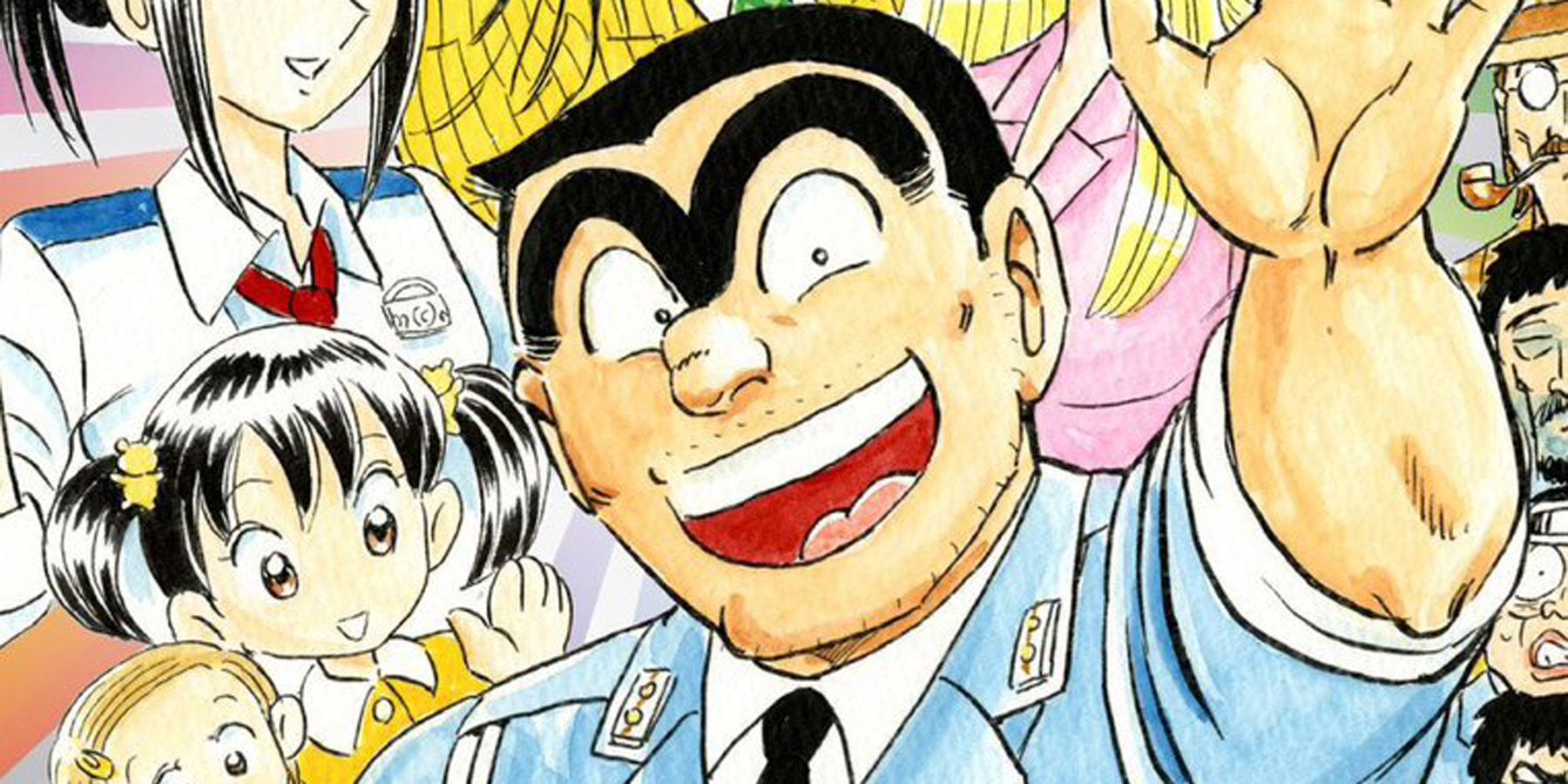
Kochikame is a legend in itself. The classic comedy series about the shenanigans of police officer Kankichi Ryotsu celebrated 40 straight years of publication and then gracefully retired in December 2016.
Kochikame holds the record for most manga volumes ever published, and it seems unlikely to be dethroned any time soon.
49 Kinnikuman (1979-1987)
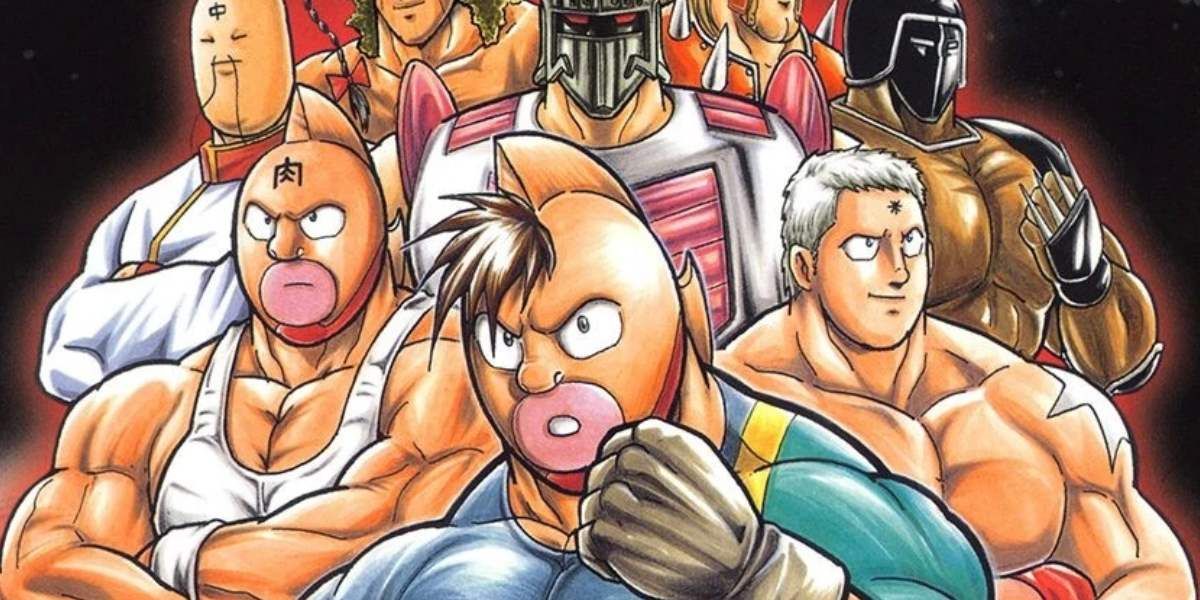
The mangaka duo known as Yudetamago was extremely prolific throughout their career, but Kinnikuman is perhaps their most famous series. When Suguru Kinniku discovers he is in fact an alien prince, he must prove his worth in order to claim his throne. To earn his place, Kinniku competes against other contenders in wrestling competitions.
An undeniable classic, Kinnikuman has yet to be forgotten and inspired dozens of modern mangaka, including Hiromu Arakawa of Fullmetal Alchemist and Hiro Mashima of Fairy Tail.
48 Black Angels (1981-1985)
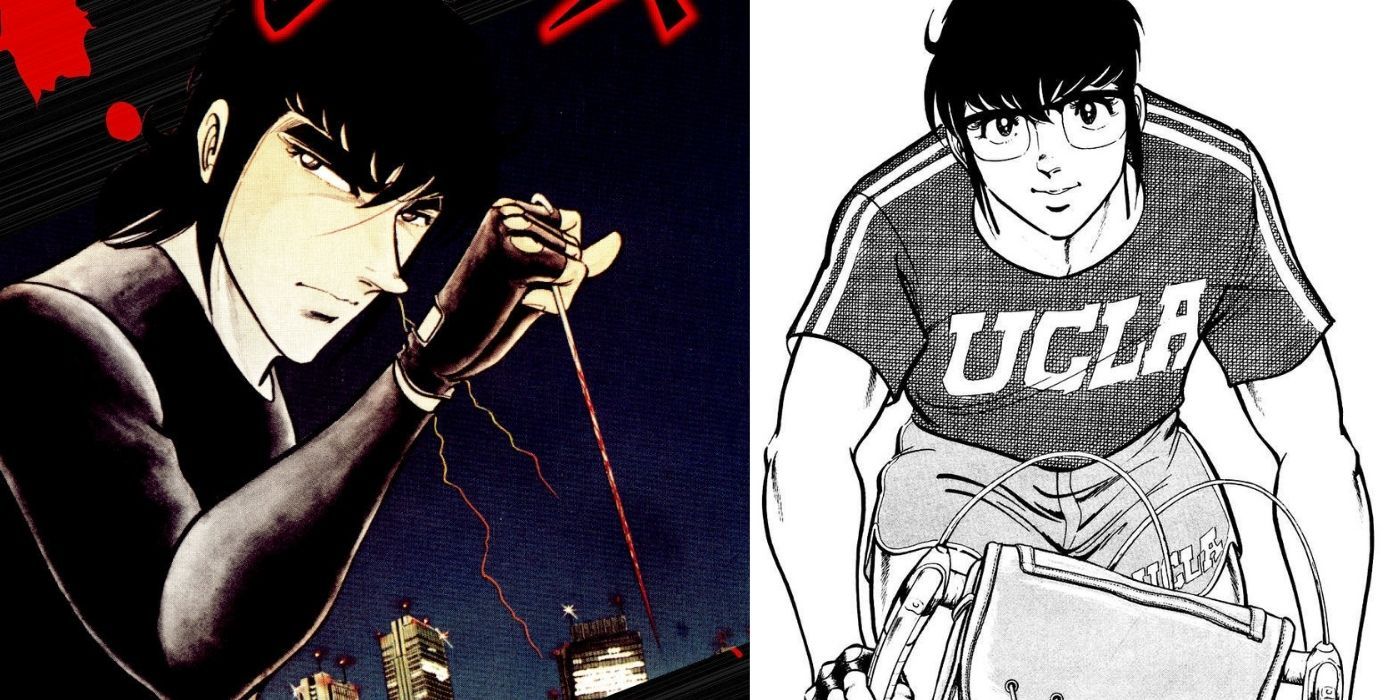
A hitman seeks justice in a world rife with crime in this manga by Hiramatsu Shinji. Considered extremely violent for its time, these days most American fans might not be familiar with Black Angels, but the series was hugely popular in Japan and was eventually compiled into 20 volumes.
47 Captain Tsubasa (1981-1988)
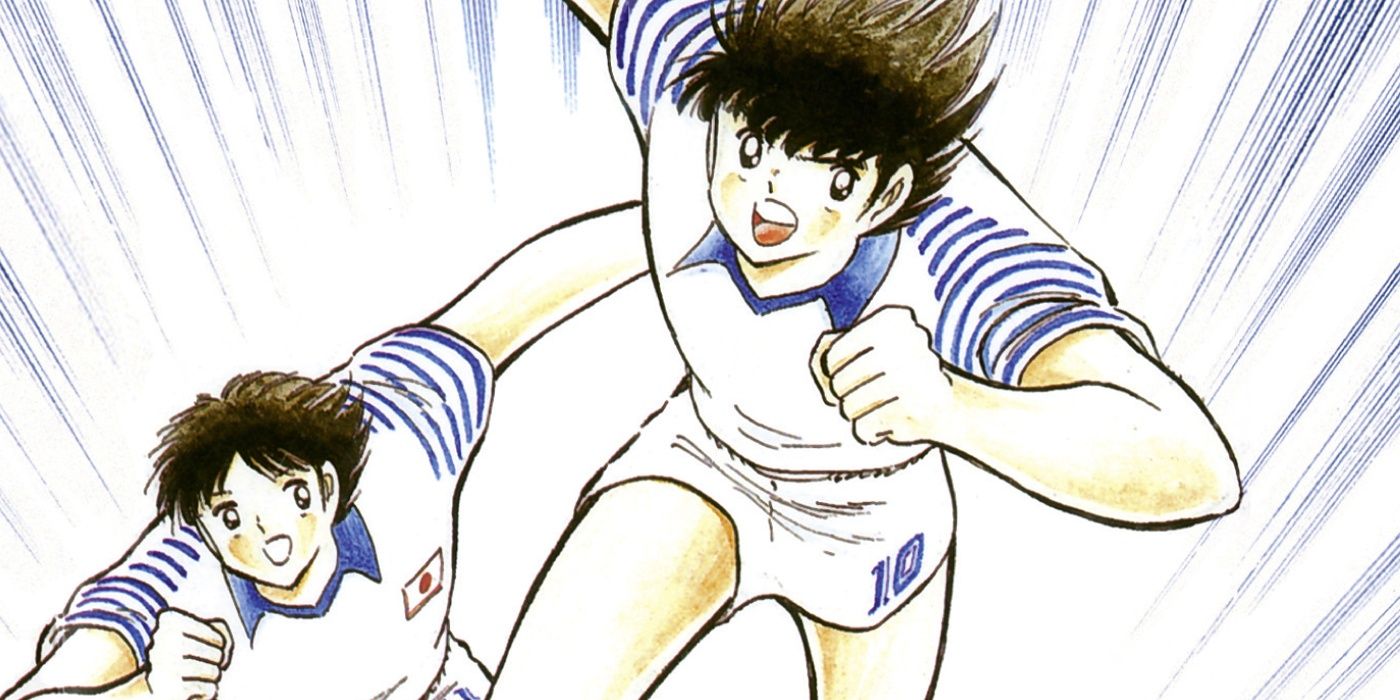
Captain Tsubasa is a legendary series in no small part because it popularized soccer in Japan. The series inspired several professional players worldwide, and the manga and its many spin-offs have sold more than 80 million copies over the years. Thanks in part to Captain Tsubasa's undeniable success, sports series have been soaring ever since.
46 Yoroshiku Mechadoc (1982-1985)
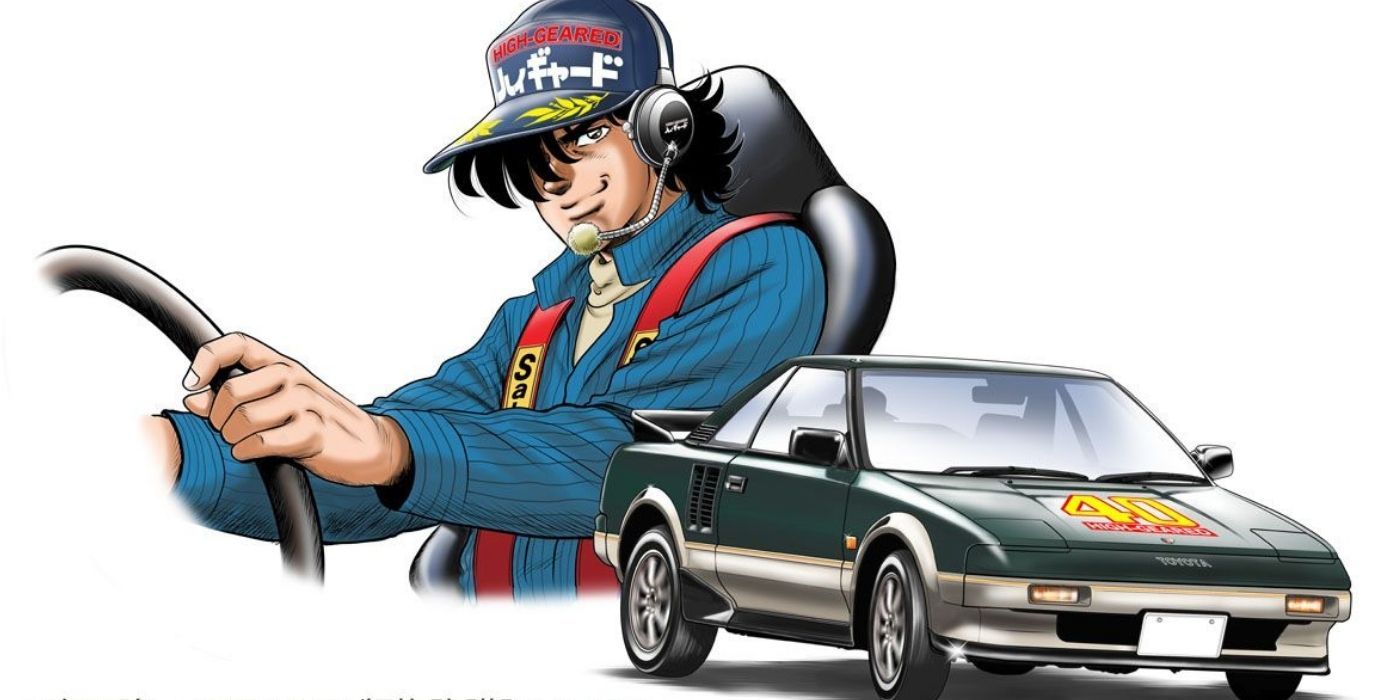
One of a plethora of racing anime that were published in the 1980s, Yoroshiku Mechadoc fared rather well and received a 30-episode anime adaptation in 1984.
The Mechadoc may be an economy car, but it's capable of traversing any kind of terrain. While the series is virtually forgotten today, it maintained a steady readership for a few years.
45 High School! Kimengumi (1982-1987)
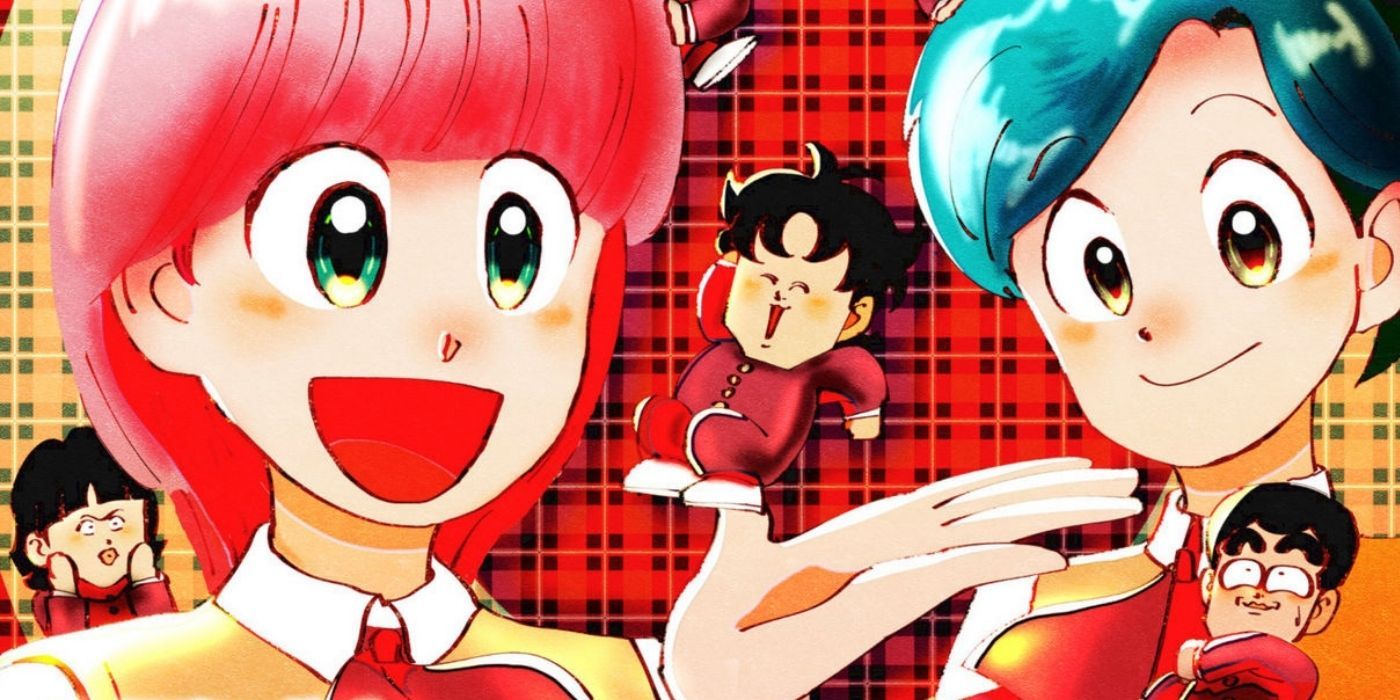
A long-running comedy manga about a group of high school misfits, High School! Kimengumi was immensely popular in its heyday and certainly wasn't afraid of using puns to encourage laughter.
The story focused on a school club full of oddballs and the inevitable antics of its members.
44 Ginga: Nagareboshi Gin (1983-1987)
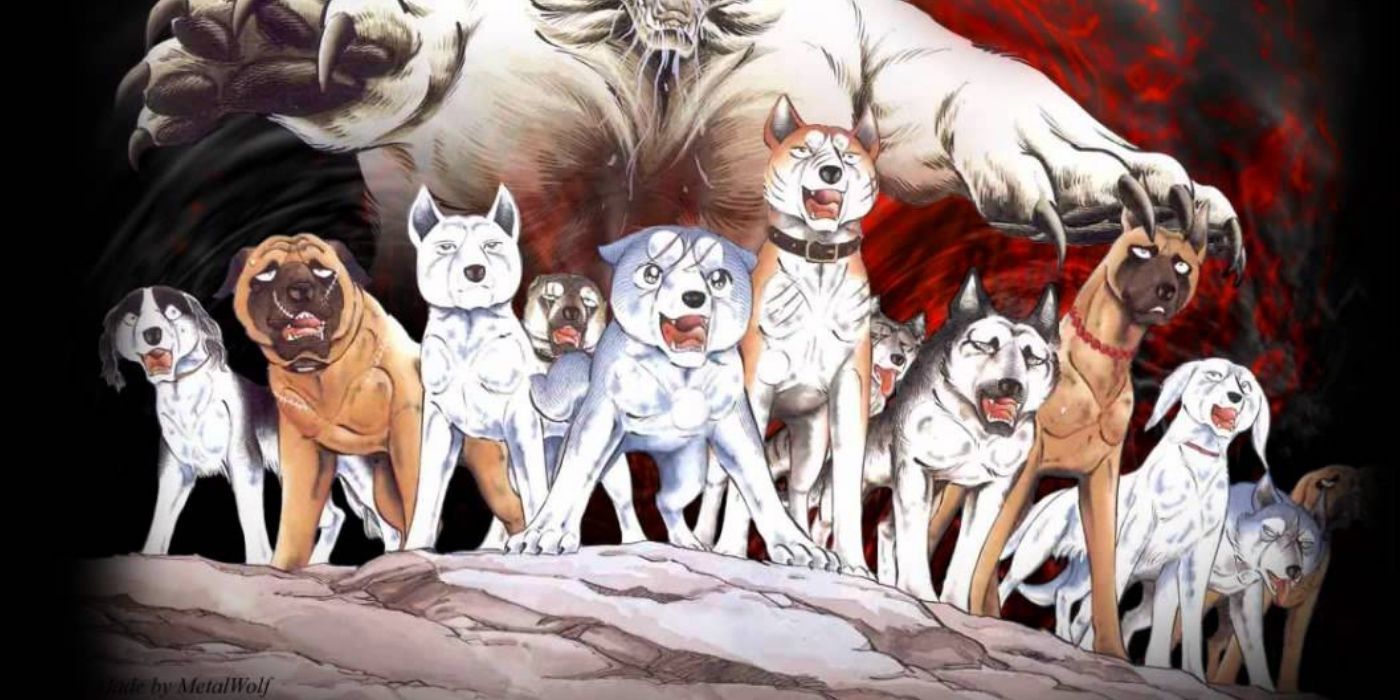
Ginga: Nagareboshi Gin tells the story of a dog named Gin, who leaves his master to join a pack of wild dogs hoping to defeat a fearsome bear named Akakabuto.
The series was both a commercial and critical success but was considered too violent for the youngest members of its target audience. Because of this, the anime release was censored before its VHS release abroad, and pivotal scenes were lost in translation.
43 Fist Of The North Star (1983-1988)
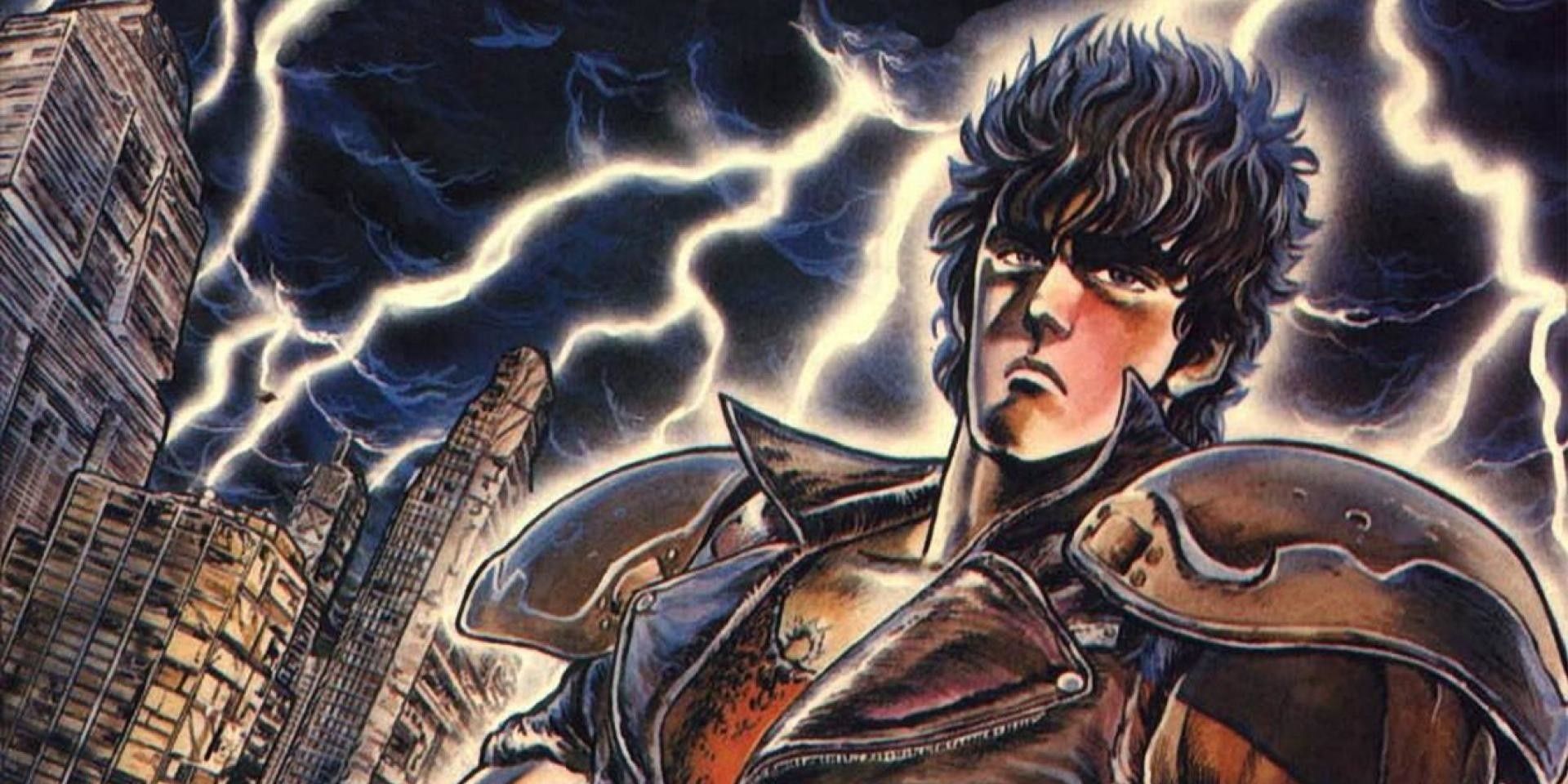
A series that needs little introduction, Fist of the North Star has captivated audiences for years with its post-apocalyptic themes and violent action setpieces. Kenshiro, a martial artist, defends victims of crime and violence in a world burdened with both.
It's fair to say that without the precedent set by Fist of the North Star, countless other manga wouldn't exist, and it remains one of the highest-grossing media franchises ever.
42 Baoh Raihosha (1984-1985)
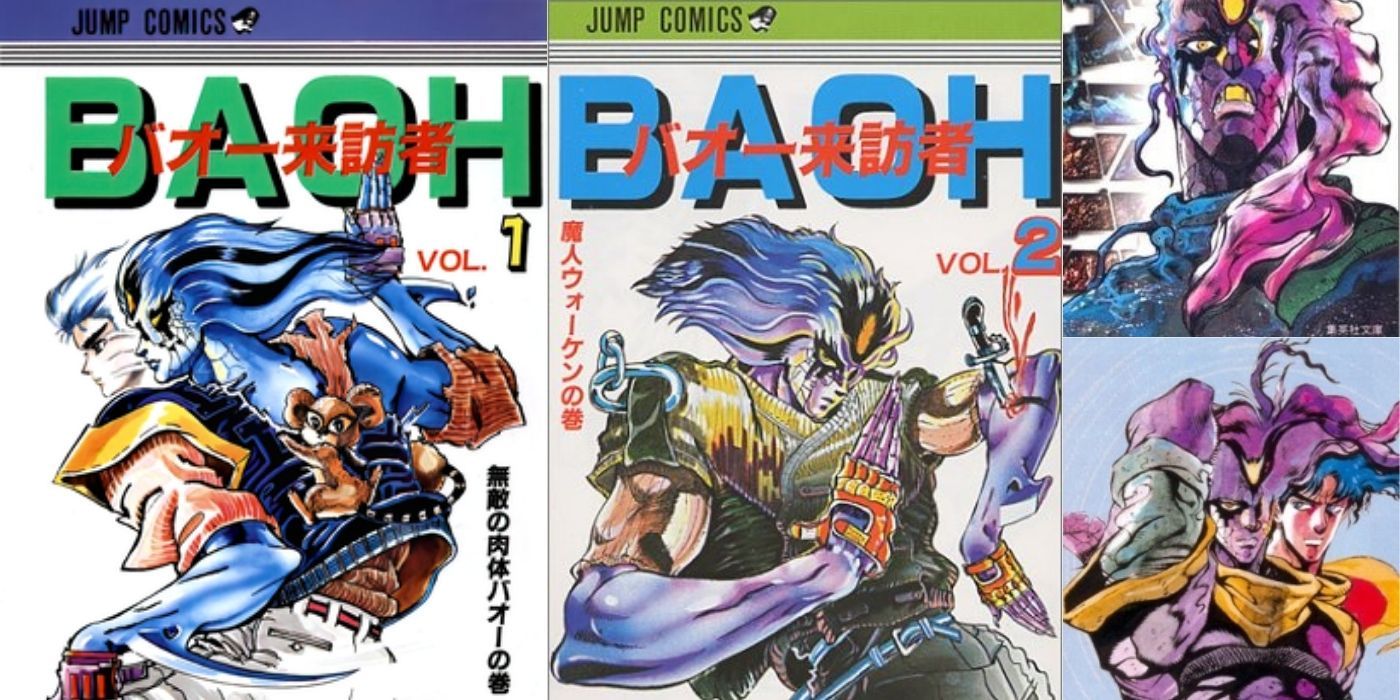
Before he wrote the legend that is JoJo's Bizarre Adventure, mangaka Hirohiko Araki created this violent series about a teen who's turned into a walking bioweapon. The series boasted Araki's signature art style and planted the seeds for what would become a devoted fanbase.
41 Otoko Zaka (1984-1985)
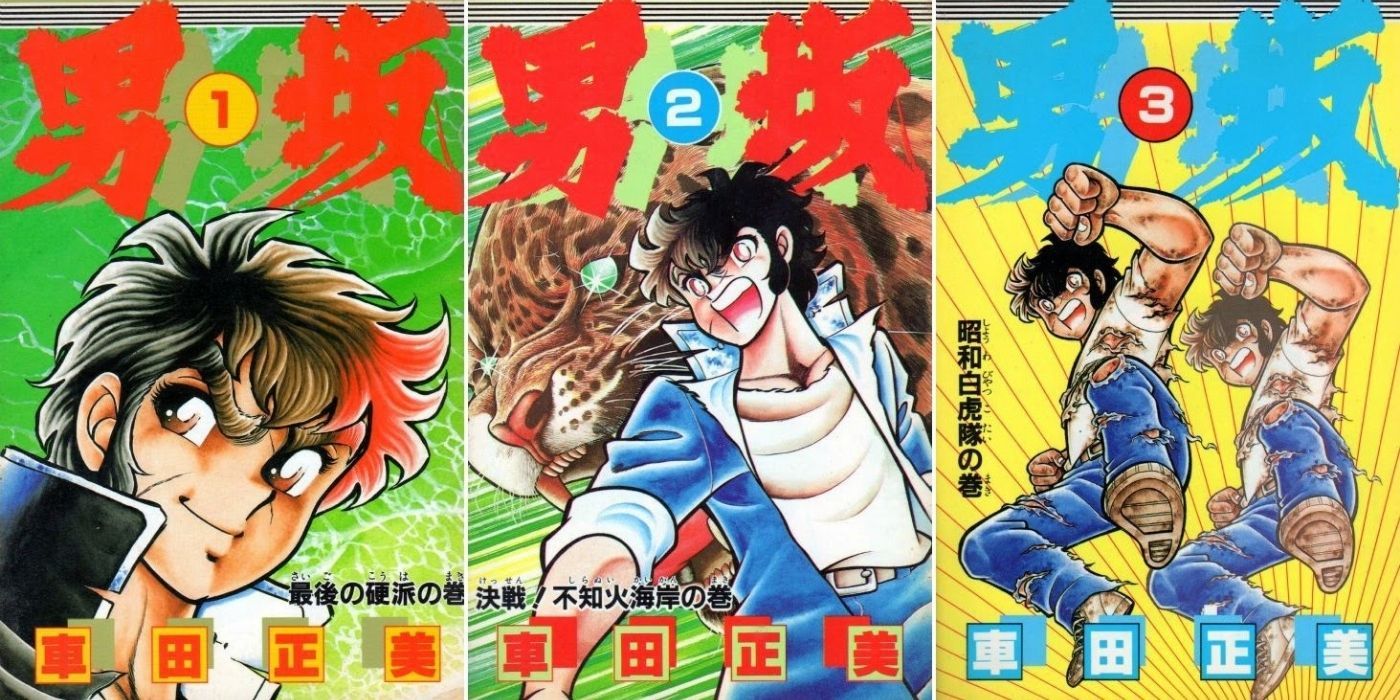
This manga about a delinquent training with a demon was an early entry of the yankee subgenre. Written by Masami Kurumada, most famous for writing Saint Seiya, the series began in the 1980s but went on a thirty-year hiatus. It began serialization anew in 2014 before finally reaching a conclusion within the past year.
40 Kimagure Orange Road (1984-1987)
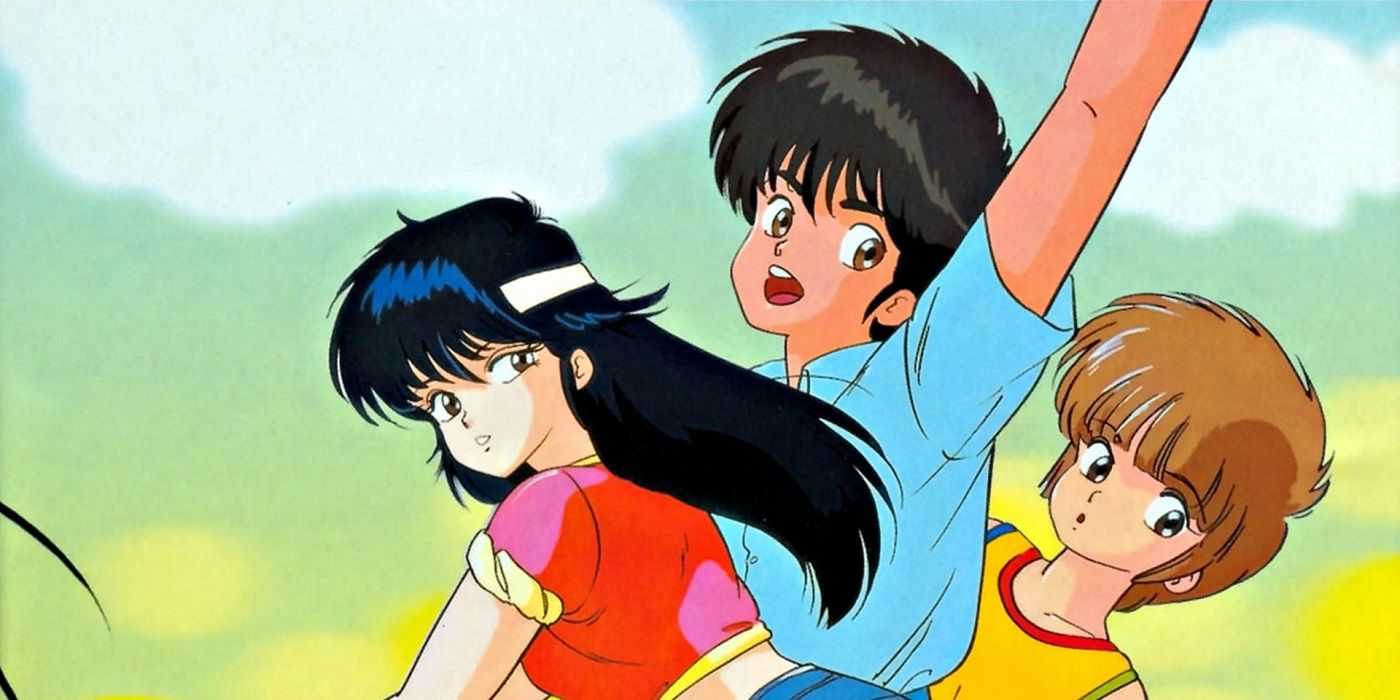
A love story with a slice-of-life atmosphere and a dose of ESPer abilities thrown in, Kimagure Orange Road was immensely successful and received numerous anime adaptations in the 1980s. Now widely considered a classic worldwide, the show was a gateway series for many European fans and laid the foundation for generations of global otaku to come.
39 Shape Up Ran (1984-1987)
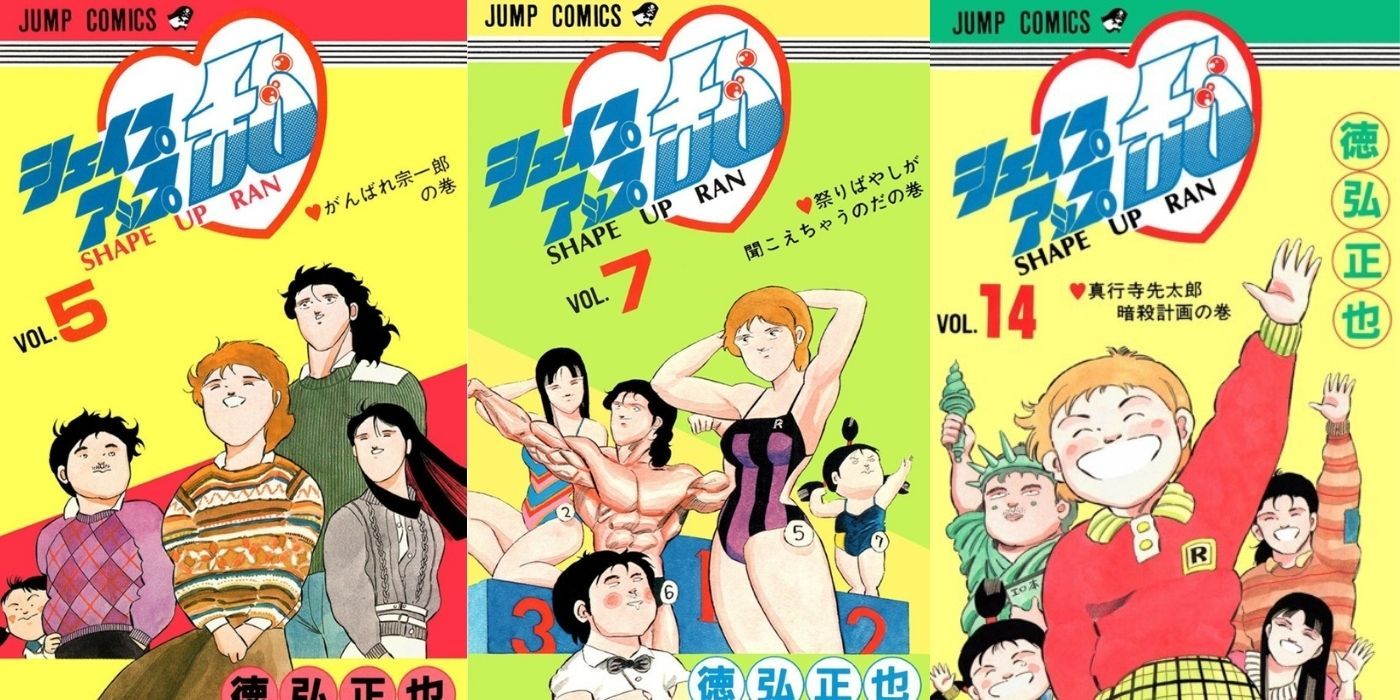
Shape Up Ran was a successful manga about a female bodybuilder. Subversive at times but a product of its era, the story combined gags about social expectations with the protagonist's genuine attempts to succeed in an unusual sport.
38 Tsuide Ni Tonchinkan (1984, 1985-1989)
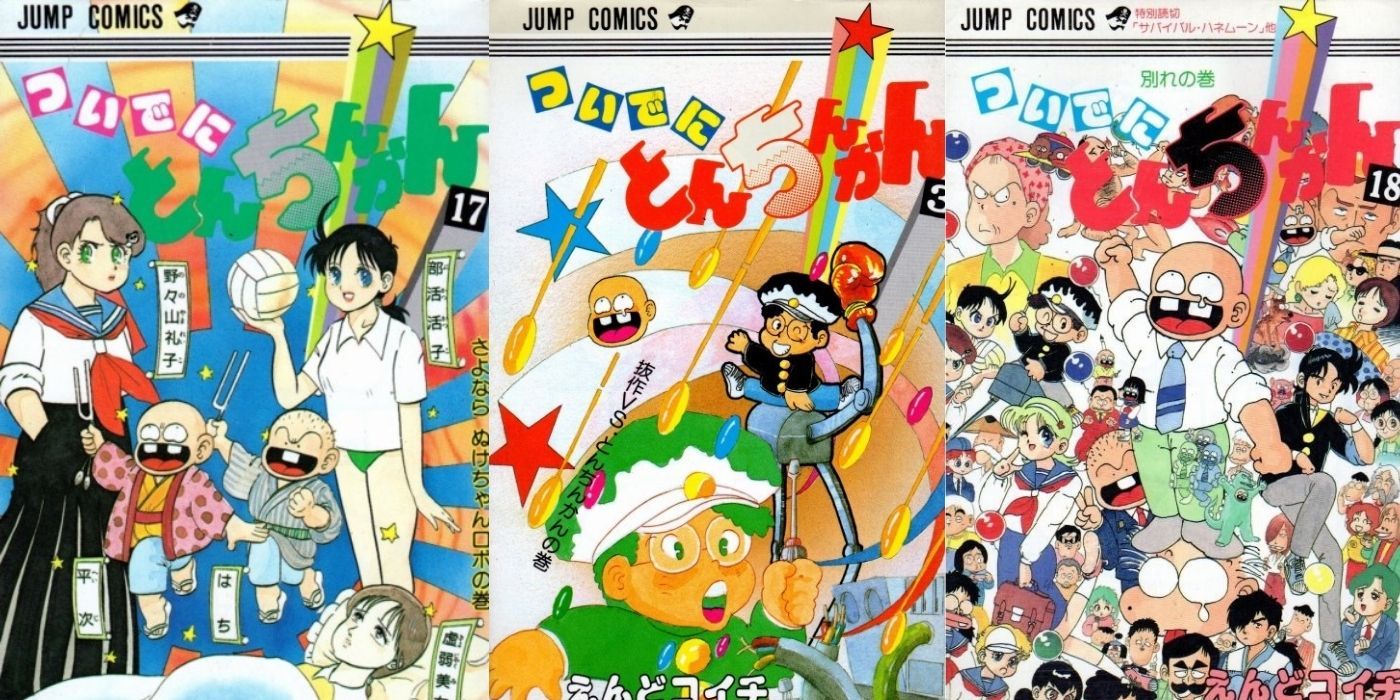
Tsuide ni Tonchinkan was a popular gag manga about a group of students that took turns masquerading as burglars.
In 1987 it received an anime adaptation, but today the series is rarely mentioned.
37 The Flying Classroom (1985)
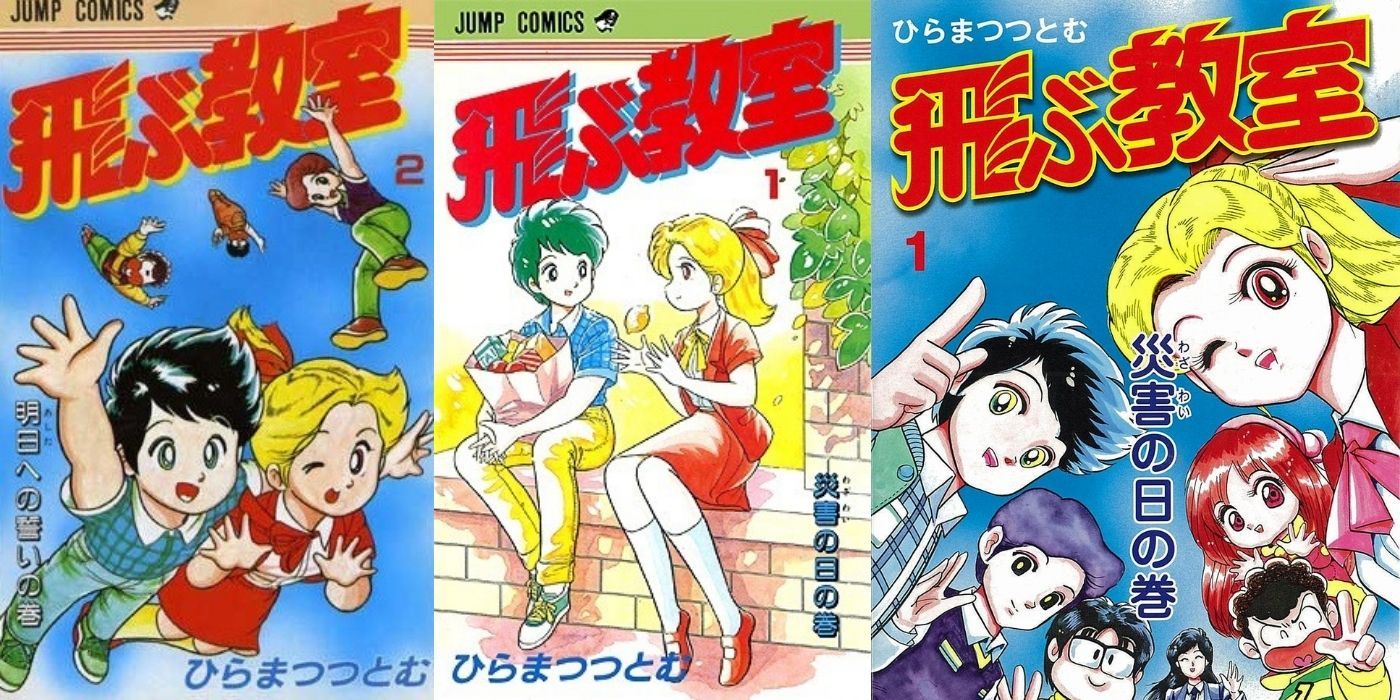
The Flying Classroom was a manga adaptation of a 1930s German children's book, Das Fliegende Klassenzimmer. While not especially memorable, series like this make it evident that Jump had a rather wide reading demographic, ranging from very young children to adults.
36 Choukidouin Vander (1985-1986)
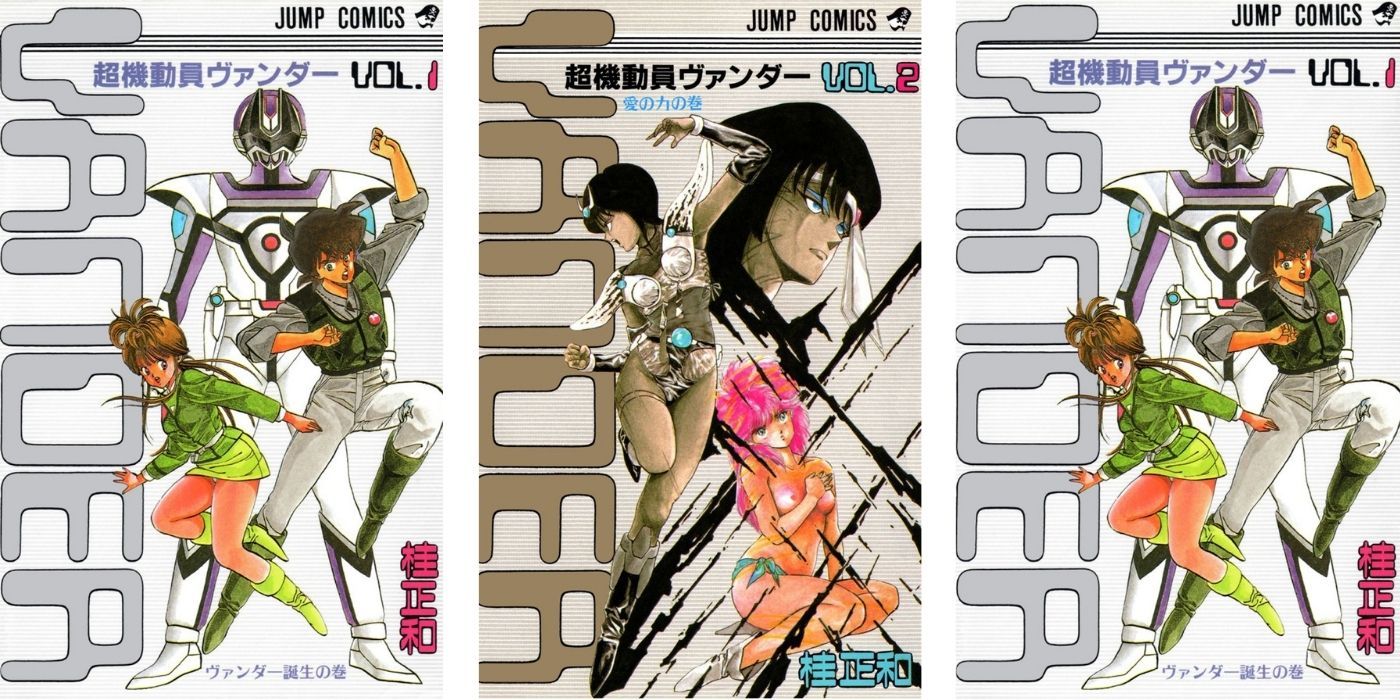
A sci-fi manga by Zetman author Masakazu Katsura, Choukidouin Vander is another alien invasion story that was canceled relatively early on, due in part to the story being over-ambitious and the world-building feeling a bit off.
35 RoadRunner (1985-1986)
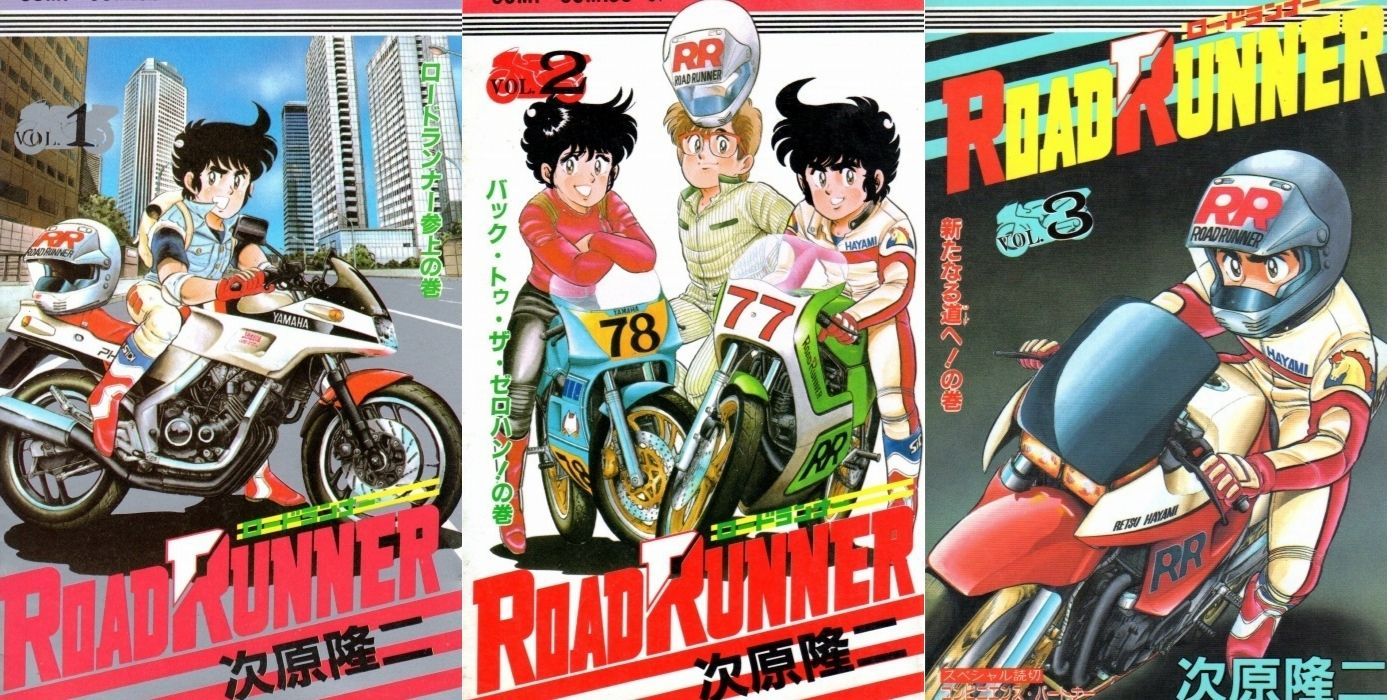
RoadRunner was a motorcycle manga that ran long enough to reach three volumes, though there are few who remember it today. At the time, racing manga were extremely common, due in no small part to the success of early series like Speed Racer.
34 City Hunter (1985 - 1991)
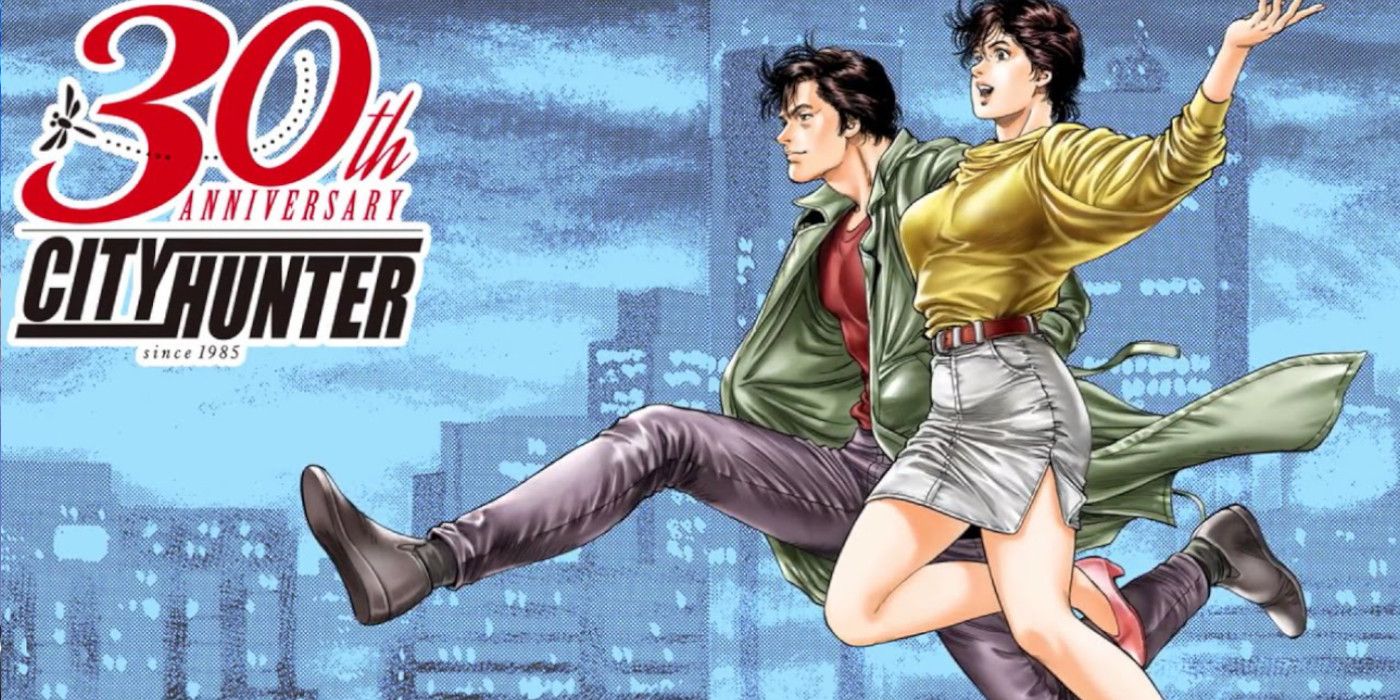
The hugely popular City Hunter received multiple anime adaptations and was successful abroad as well as in Japan. The detective series was even adapted into a feature film starring none other than Jackie Chan, and another live-action film in France.
33 Otokojuku (1985-1991)
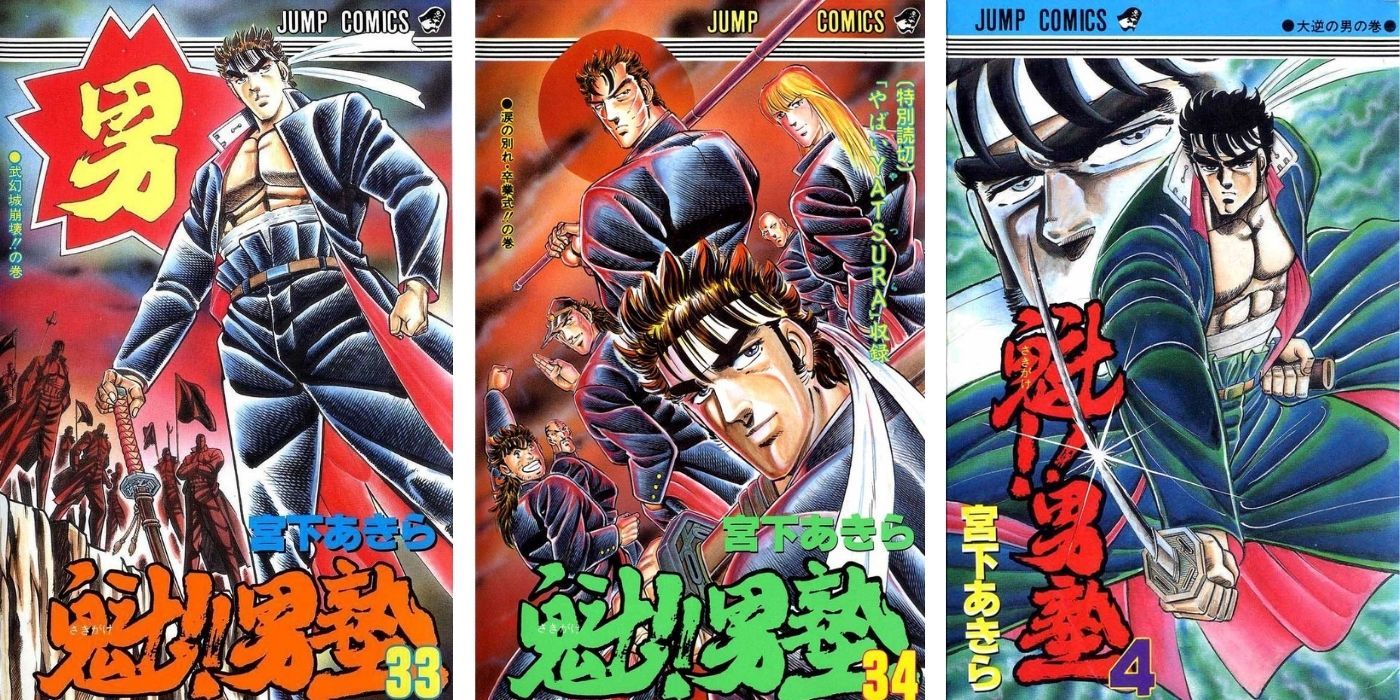
Another manga centered on young delinquents, Otokojuku's story is set in a boys' school where students are trained in martial arts and expected to become "true men." The manga was serialized for long enough to reach 34 volumes in Japan, but only the first three have been released in the US as of 2018.
32 Metal K (1986)

A controversial but memorable sci-fi revenge story by author Koji Maki, Metal K features a female protagonist who dies in a fire and then finds new life as a cyborg. The series's ultra-violence earned Maki the beginnings of a cult fandom, but also resulted in a fair amount of criticism and the manga's swift cancellation.
Maki would later be better known for his work on God Sider, though he never quite achieved the widespread acclaim of many of his peers.
31 Sekiryuo (1986-1987)
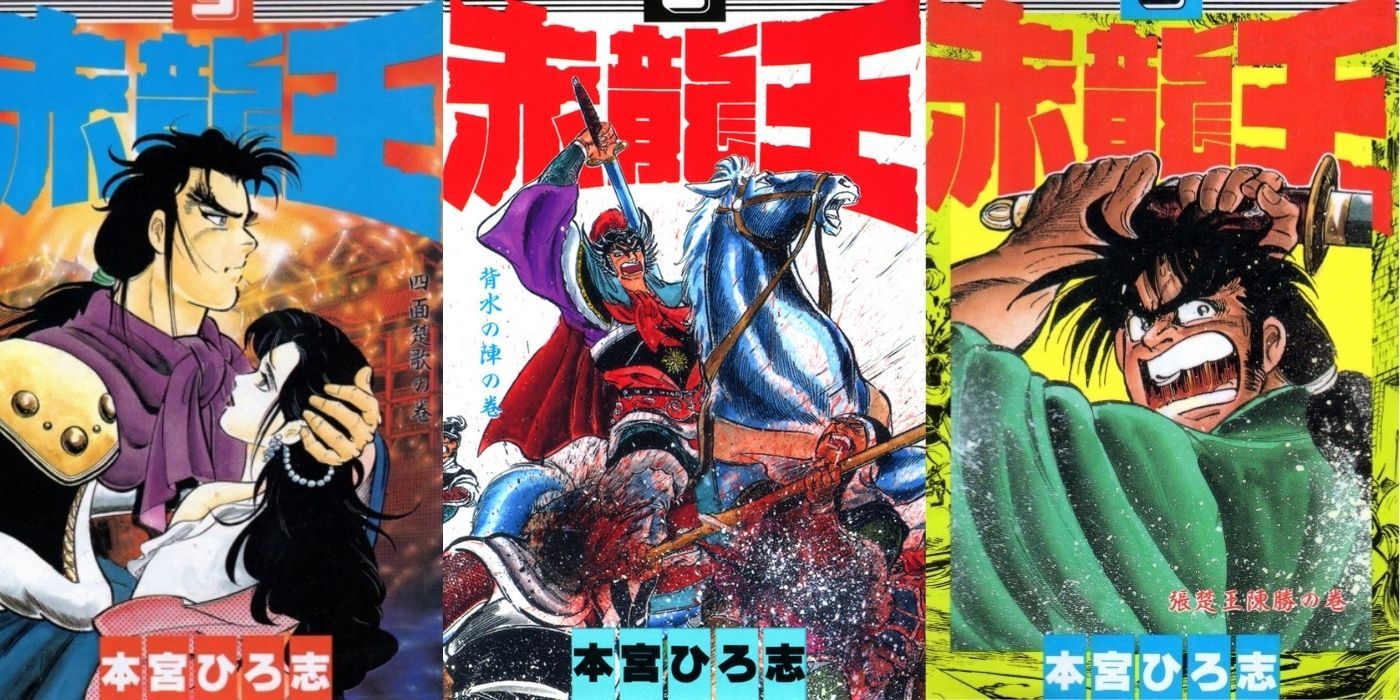
A successful series inspired by the Chinese classic novel Romance of the Three Kingdoms, Sekiryuo was eventually collected into 14 manga volumes. Unknown in the US, the series did receive an NES game adaptation in 1989.
30 Sora No Canvas (1986-1987)
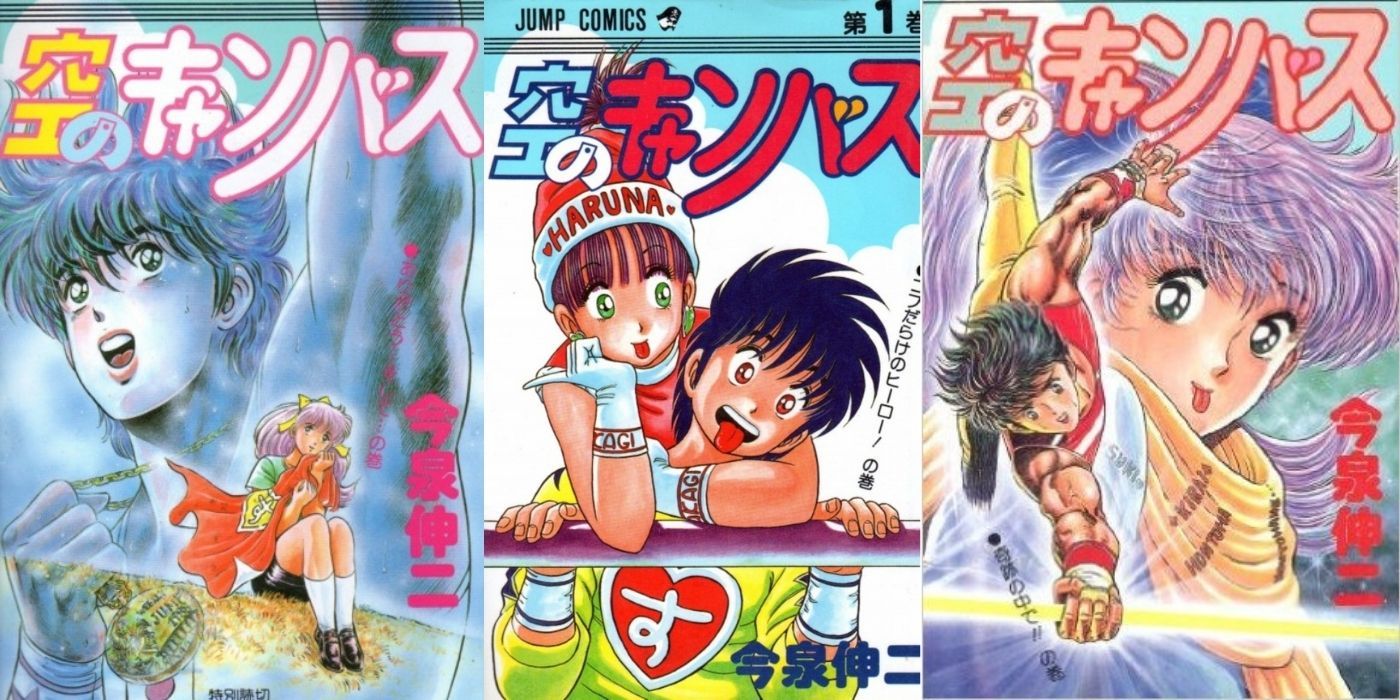
A gymnastics manga that doubled as a romance, Sora No Canvas coincided with the burgeoning popularity of Olympic sports at the time.
29 Kenritsu Umisora Koukou Yakyuu Buin Yamashita Tarou-kun (1986-1990)
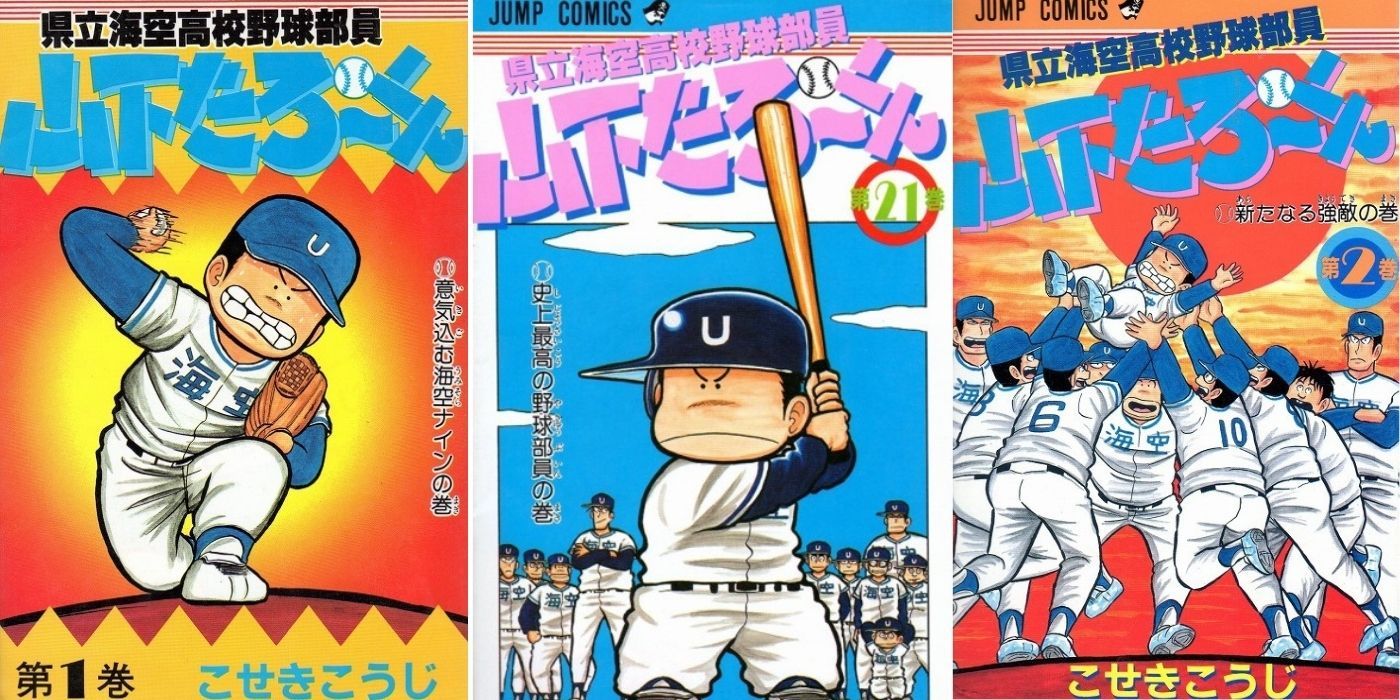
A popular baseball manga that inspired an OVA in 1988, Kenritsu Umisora Koukou Yakyuu Buin Yamashita Tarou-kun tells the story of Tarou Yamashita, a terrible player who becomes determined to excel.
Like so many others, Tarou aspires to one day play at Koshien stadium.
28 Saint Seiya (1986-1990)

Saint Seiya remains a well-known series even today, in part because the folklore at its core is perenially popular.
There are few concepts as universal as the zodiac and constellations, and Saint Seiya manages to squeeze these into a shonen context.
27 Present From Lemon (1987)
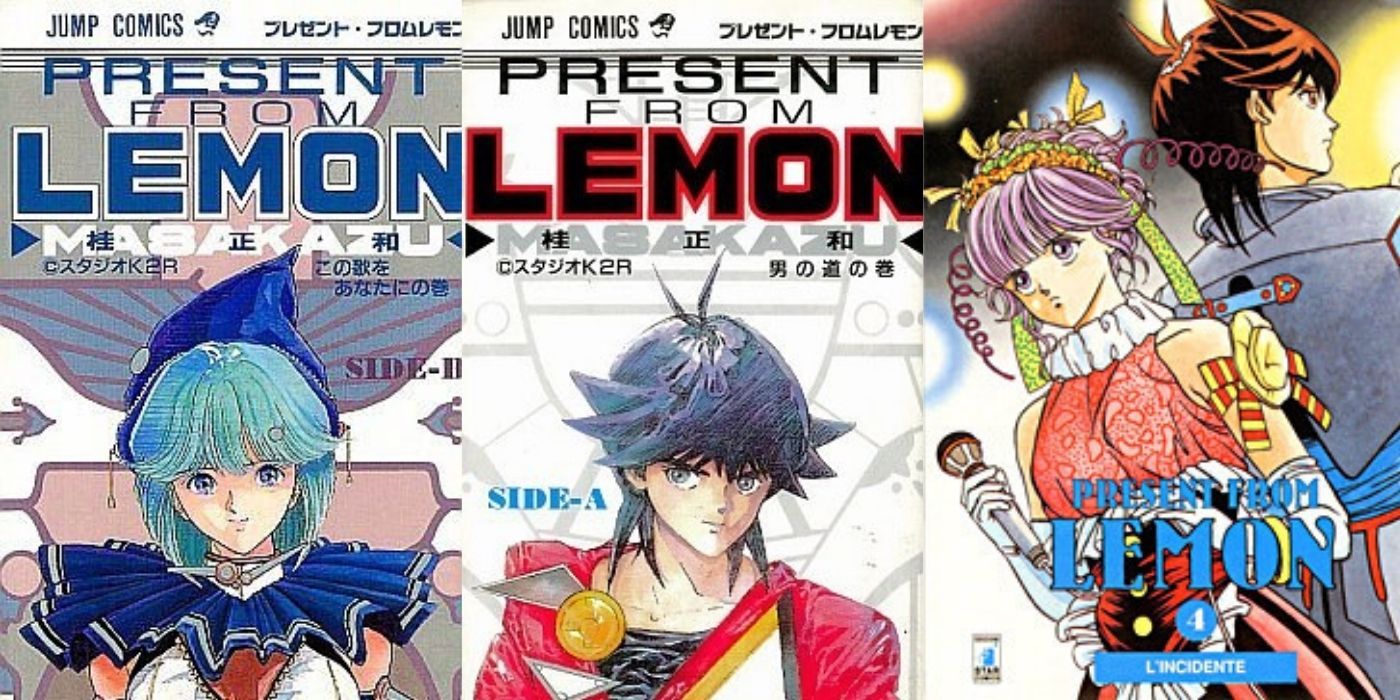
A story about a boy with a magnificent singing voice, Present for Lemon may be considered an early idol series. Yet another series by Zetman author Masakazu Katsura, there are few who remember this manga today.
26 Star Bakuhatsu (1987)
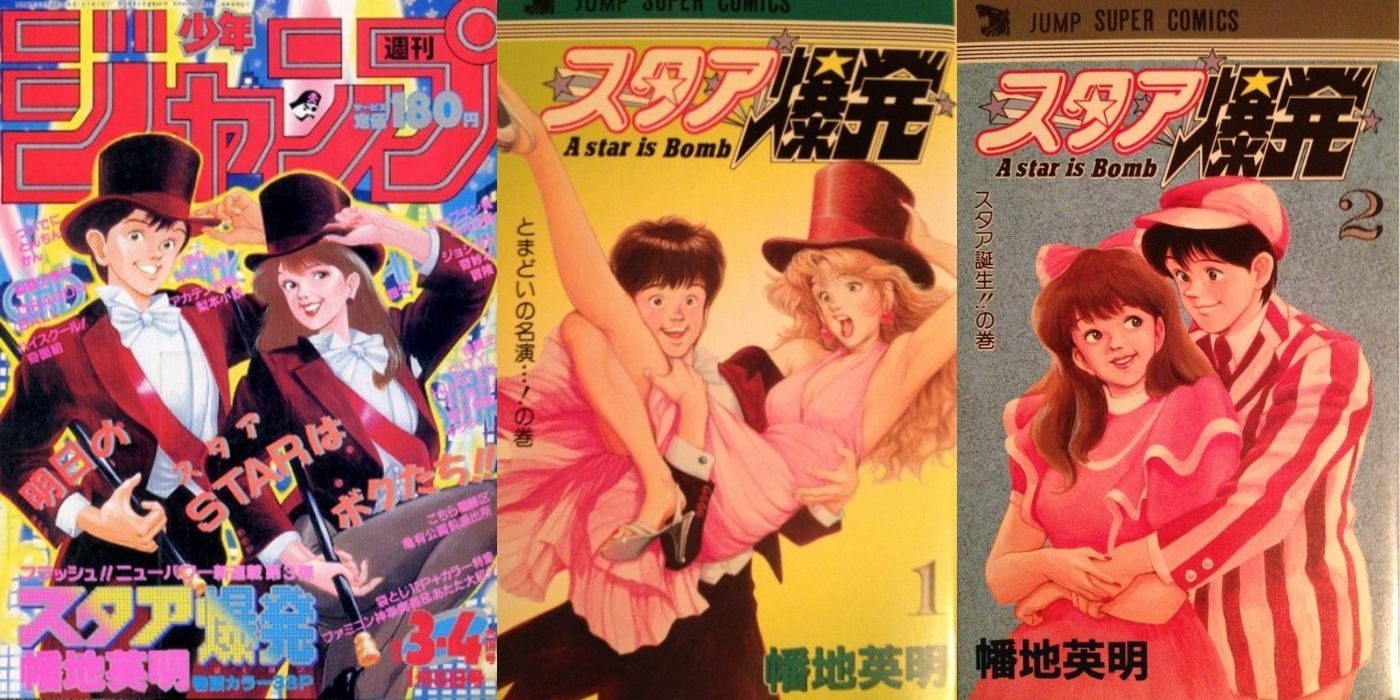
According to the bizarre tagline, "A star is Bomb." A series about actors, there's little known about this manga and it seems entirely forgotten in the sands of manga time. Even so, the unique artwork suggests it had an identity of its own.
25 God Sider (1987-1988)
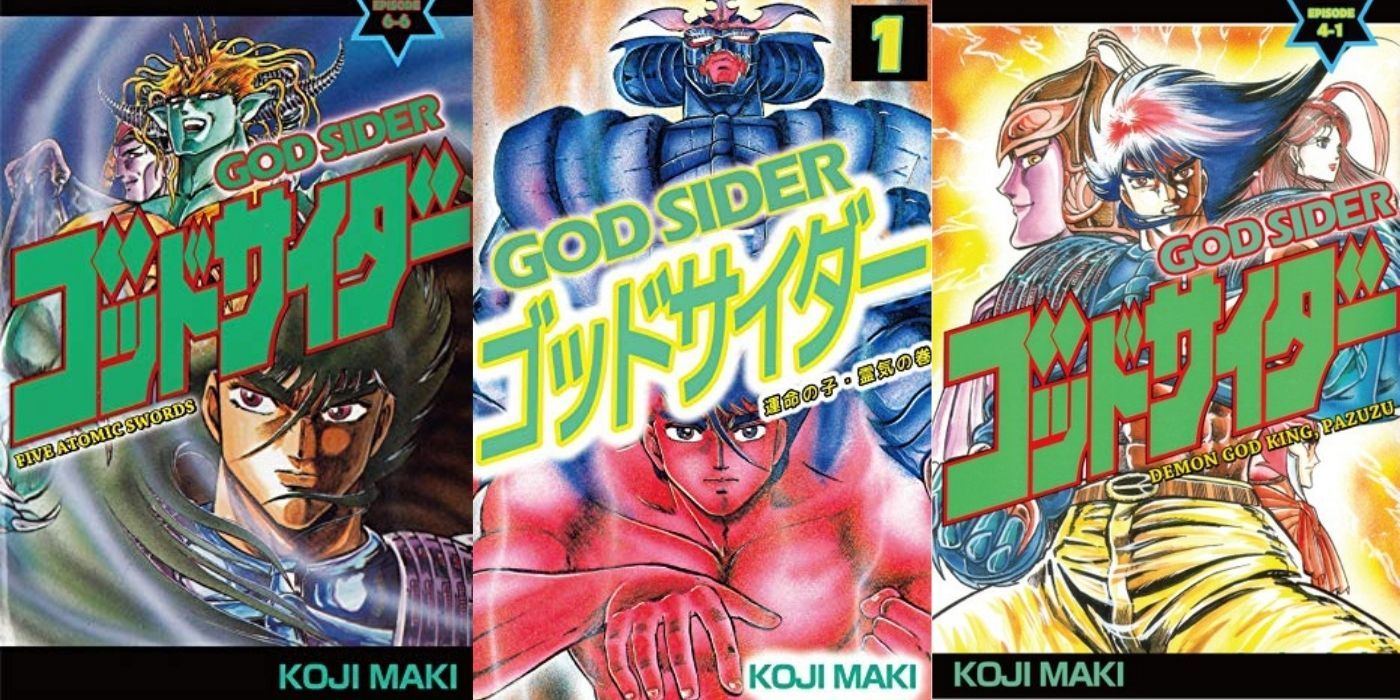
Again, this was written by cult-favorite mangaka Koji Maki of Metal K. Considered among his best works, God Sider is an end-times series about defeating Satan.
24 No Side (1987-1988)
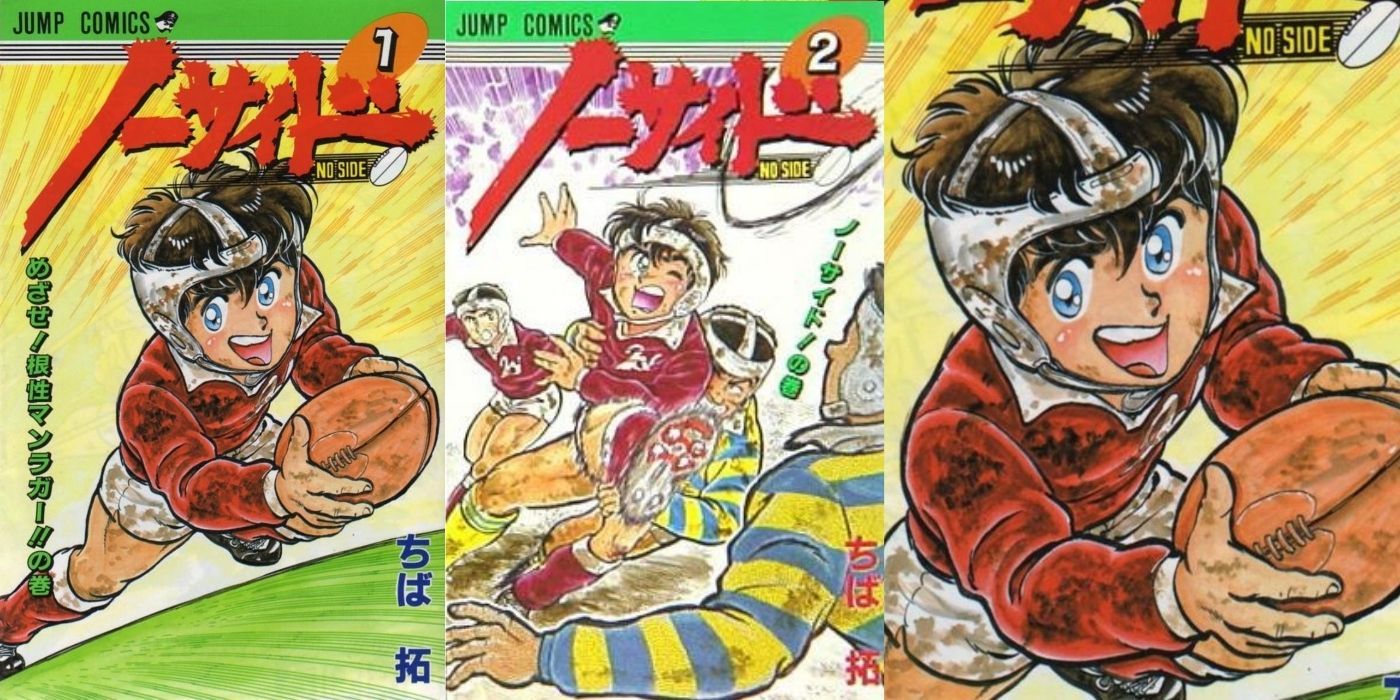
No Side was a rugby-themed manga that was compiled into just two volumes. Another manga of the same title debuted in the 1990s.
23 The Momotaroh (1987-1989)
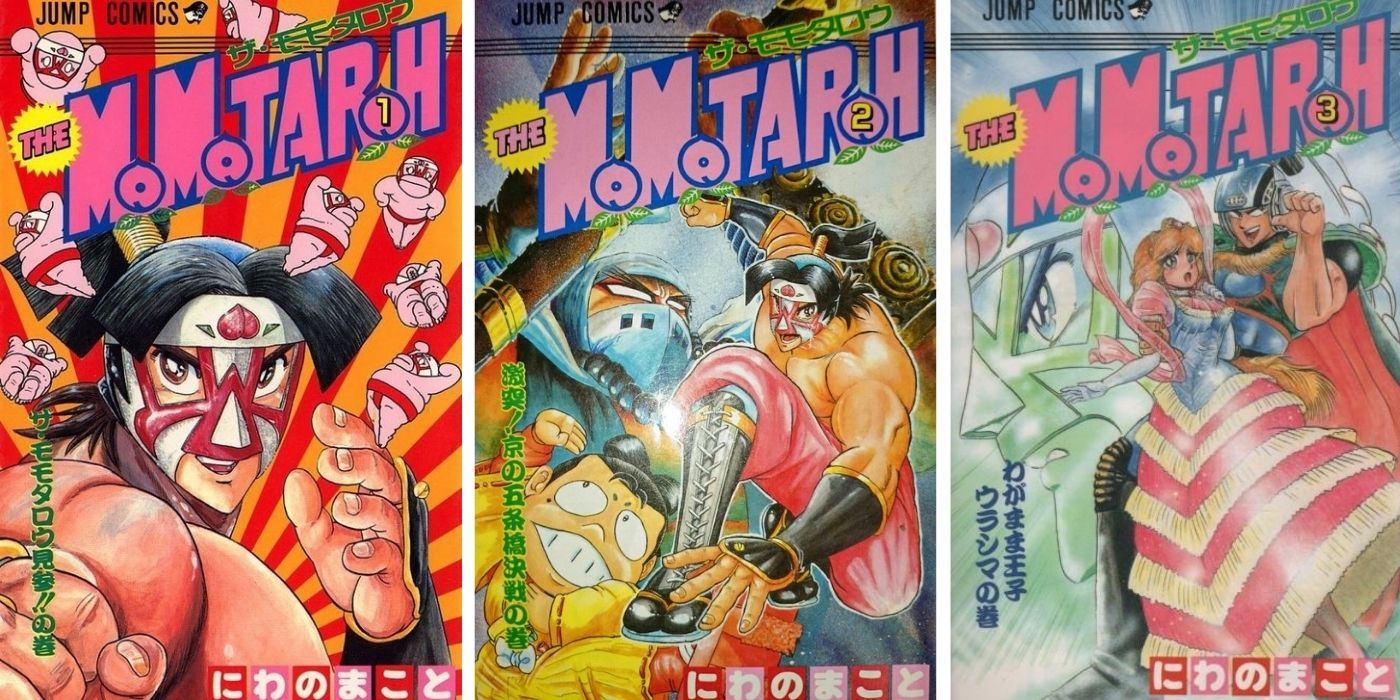
As a descendent of his namesake, Momotaroh dons a mask for this exciting & thrilling pro-wrestling gag manga by Makoto Niwano.
22 The Burning Wild Man (1987-1991)
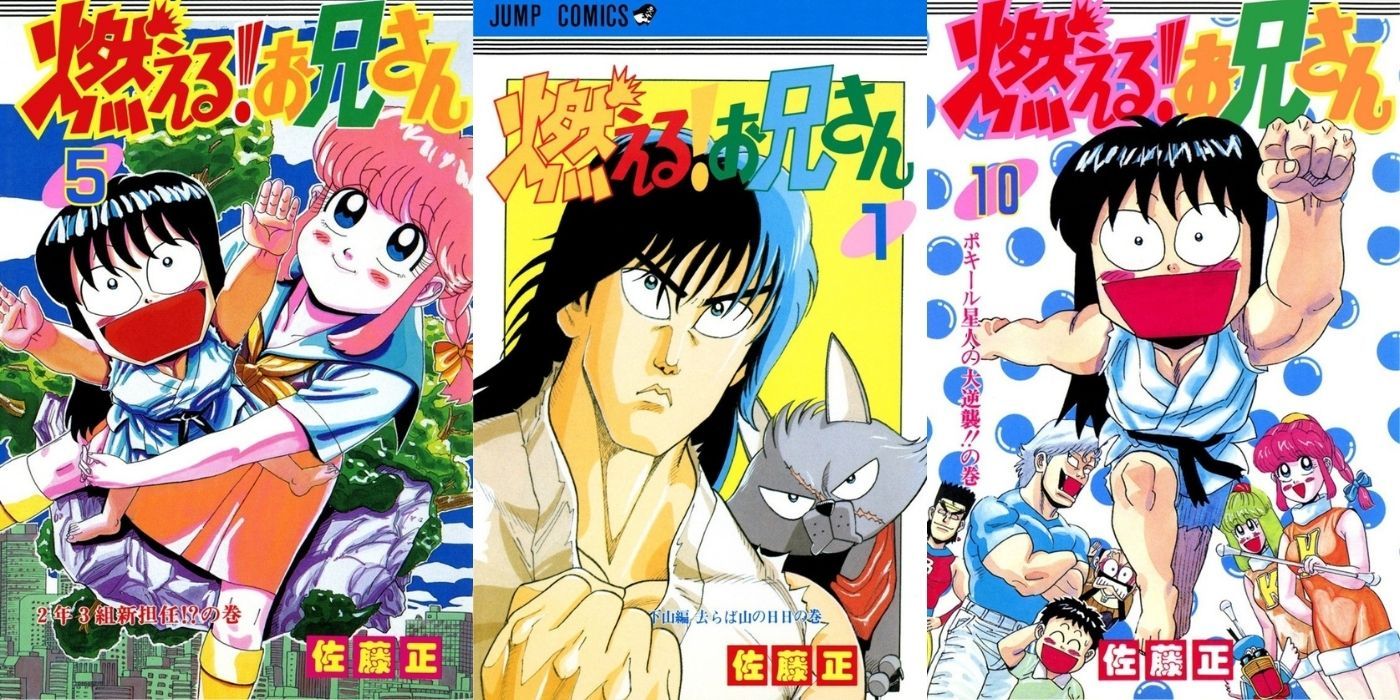
The Burning Wild Man received an anime adaptation in 1988. The series chronicled the life of Kenichi Kokuho, who was lost in the wilderness as a child before returning to civilization as an adult.
21 JoJo's Bizarre Adventure (1987-2004 In Shonen Jump, 2005-Present In Ultra Jump)
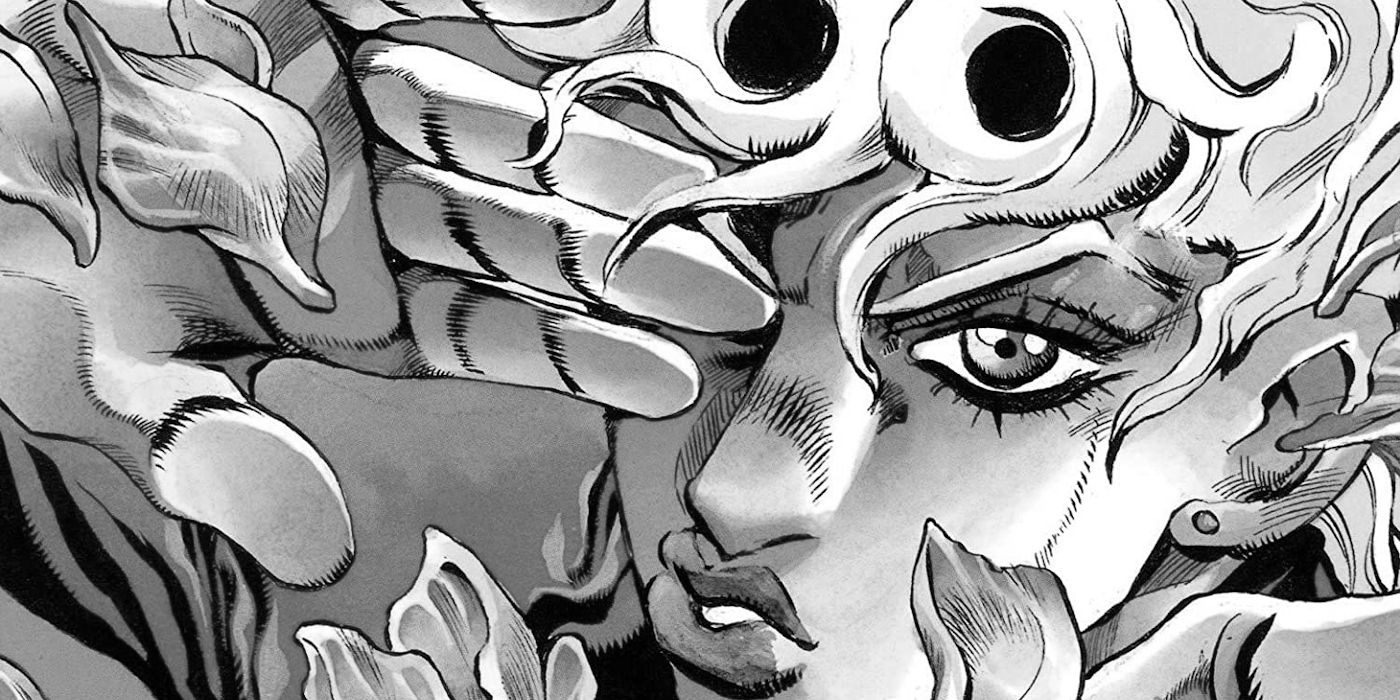
What can be said about JoJo's Bizarre Adventure that hasn't been said already? When the manga was first serialized, its editors warned author Hirohiko Araki that a series so strange was bound to be less successful than contemporary series such as Dragon Ball.
While this may have been true initially, the test of time has proven that the series has an indelible and, yes, bizarre appeal. JJBA has since been cemented as one of the most successful anime franchises of all time.
20 Second (1988)
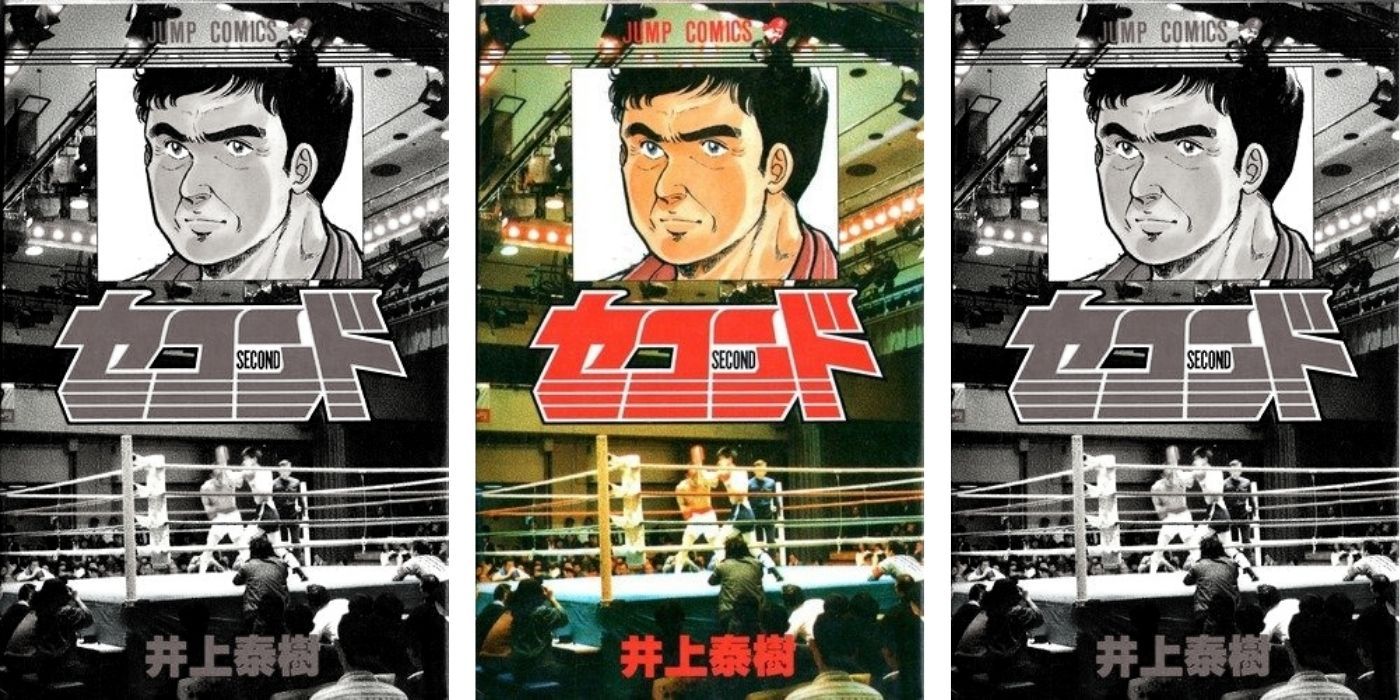
Second is a boxing manga told from the perspective of a veteran trainer. It stands apart due to its realism in how it handles the sport.
19 B******!! (1988-1989)
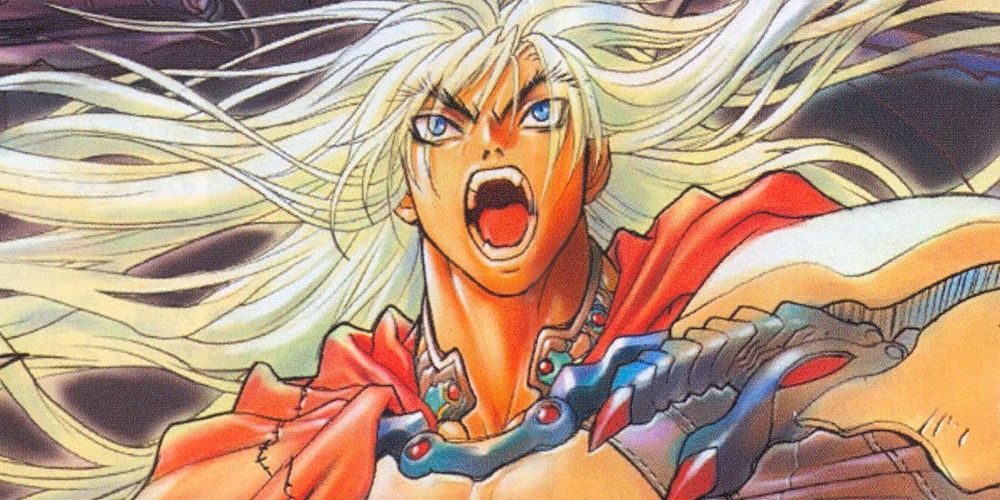
Influenced by heavy metal and DnD, B******!! by Kazushi Hagiwara remains an underground hit, and is actually one of Shueisha's bestselling series of all time. Set in the fictional Kingdom of Metallicana, a wizard named Dark Schneider awakens inside the body of Luche Renren, and a dystopian sword and sorcery adventure begins.
18 Jungle King Tar-Chan (1988-1990)
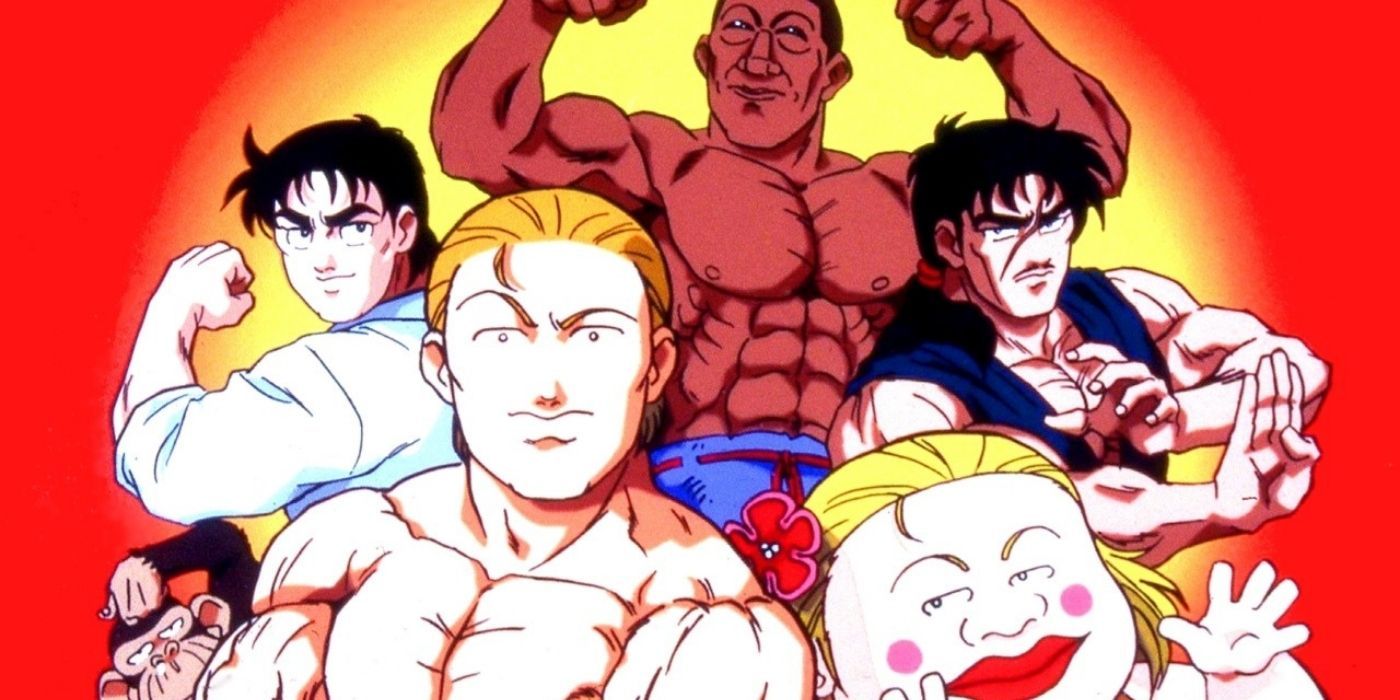
A Tarzan-inspired series about a man raised by a chimpanzee, Tar-Chan received a popular anime adaptation and a video game in the 1990s. While the series began as a gag manga, it soon became more serialized and began to feature more fighting setpieces.
17 Kami-Sama Wa Southpaw (1988-1990)
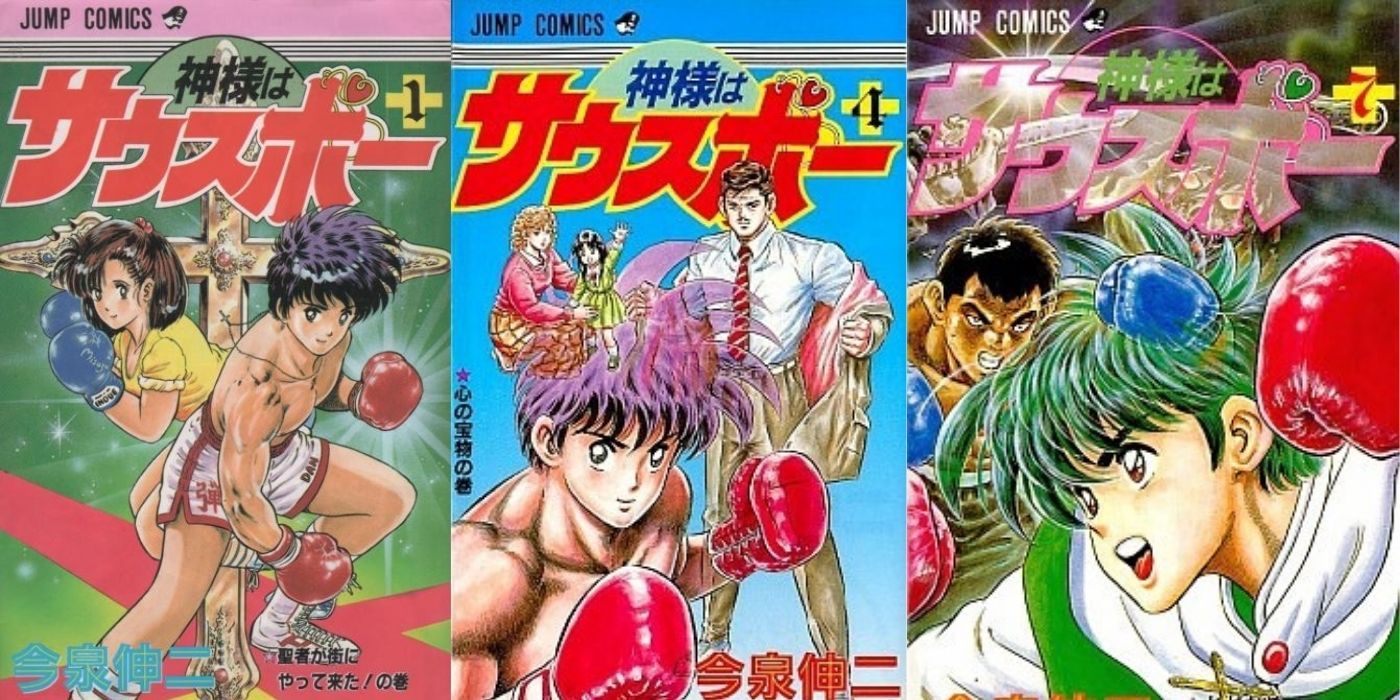
A fierce boxing shonen manga that ran for almost two years, Kami-Sama Wa Southpaw actually received a sequel in 2009.
16 Rokudenashi Blues (1988-1997)
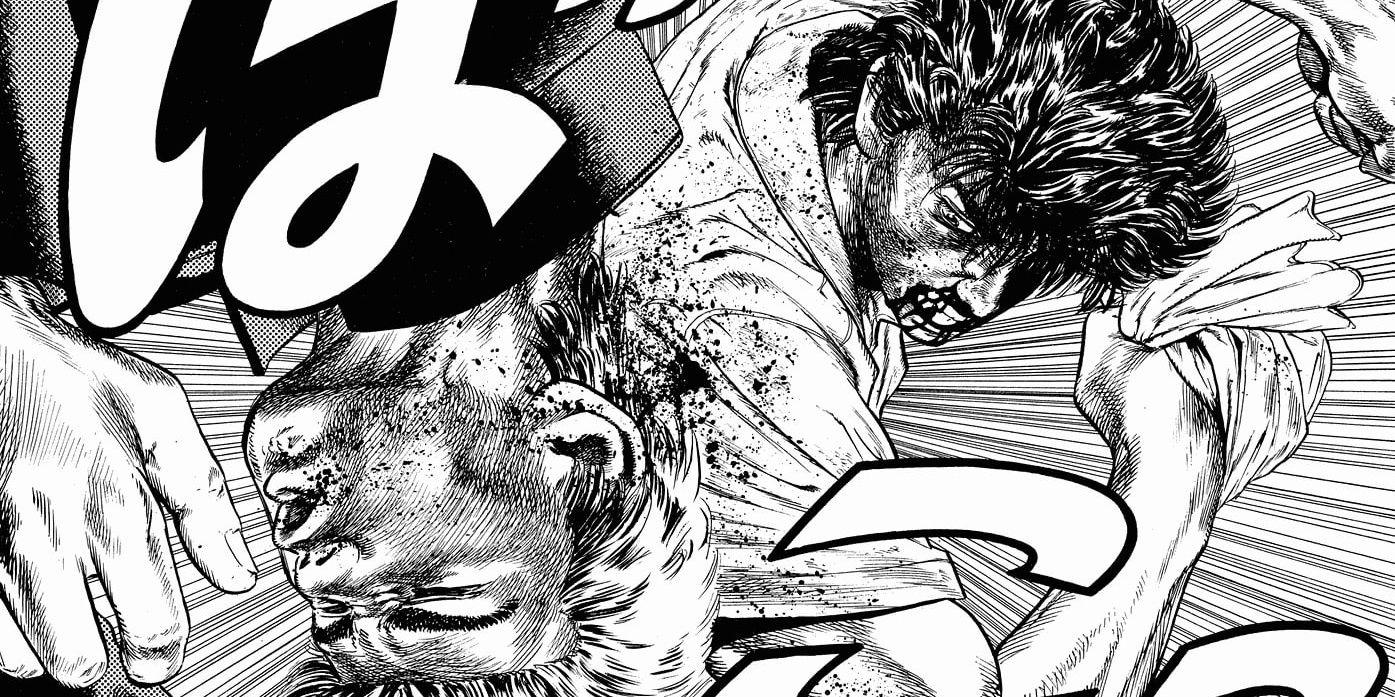
Another successful boxing manga featuring yankee-style characters, Rokudenashi Blues tells the story of Taison Maeda, a delinquent who aspires to be a world boxing champion.
The series is considered a classic due to its solid characterization and themes of friendship and honor, and there are more than 60 million volumes in print.
15 Kacchuu No Senshi Gamu (1988)
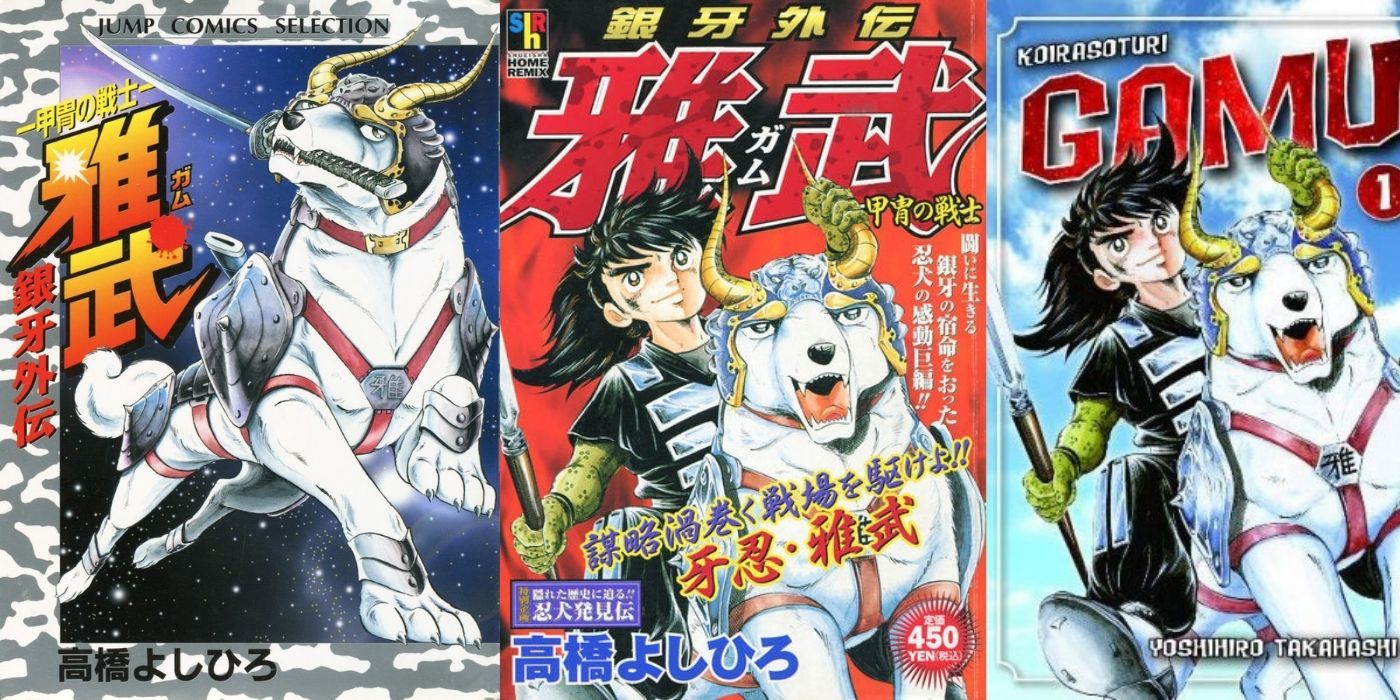
This manga about ninja dogs fallen from grace was written by Ginga mangaka Yoshihiro Takahashi, so it's somewhat surprising that this series didn't make it past two volumes.
14 Shou No Densetsu (1988-1989)
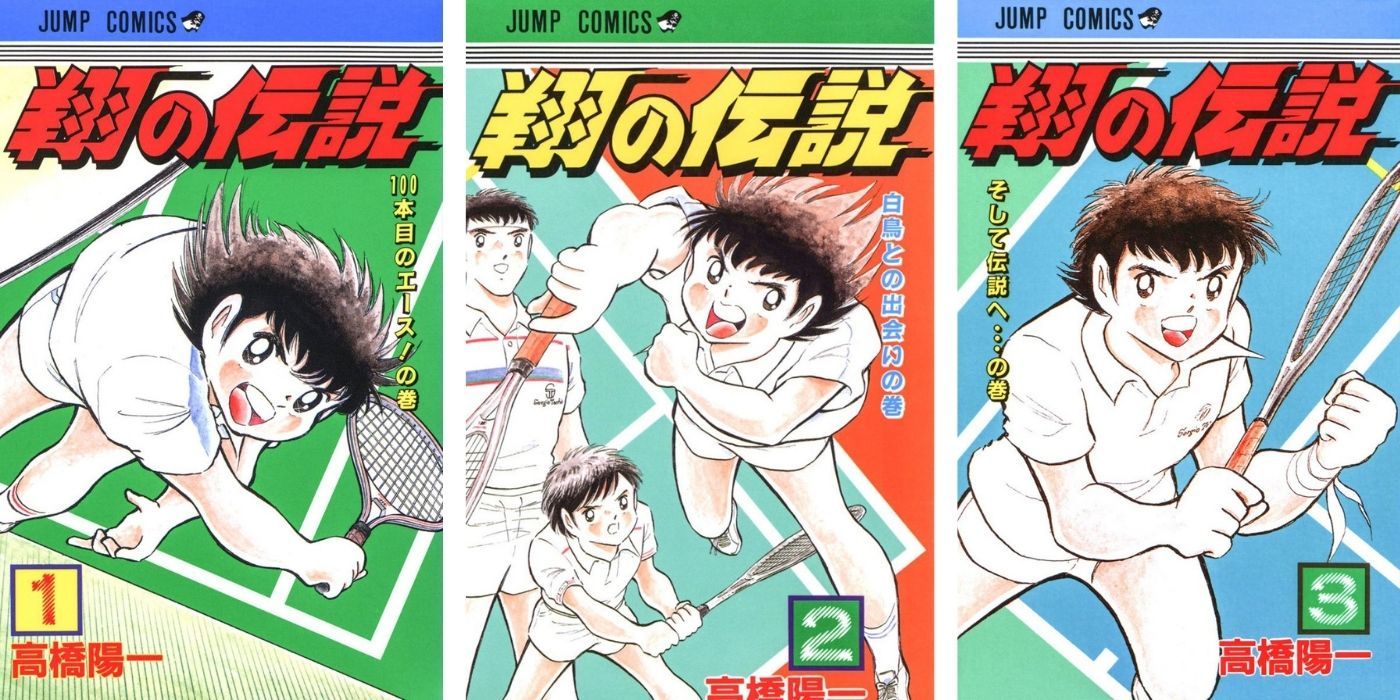
Before The Prince of Tennis, there was Shou no Densetsu, a tennis manga written by mangaka Yoichi Takahashi who also created Captain Tsubasa.
13 Magical Taruruto (1988-1992)
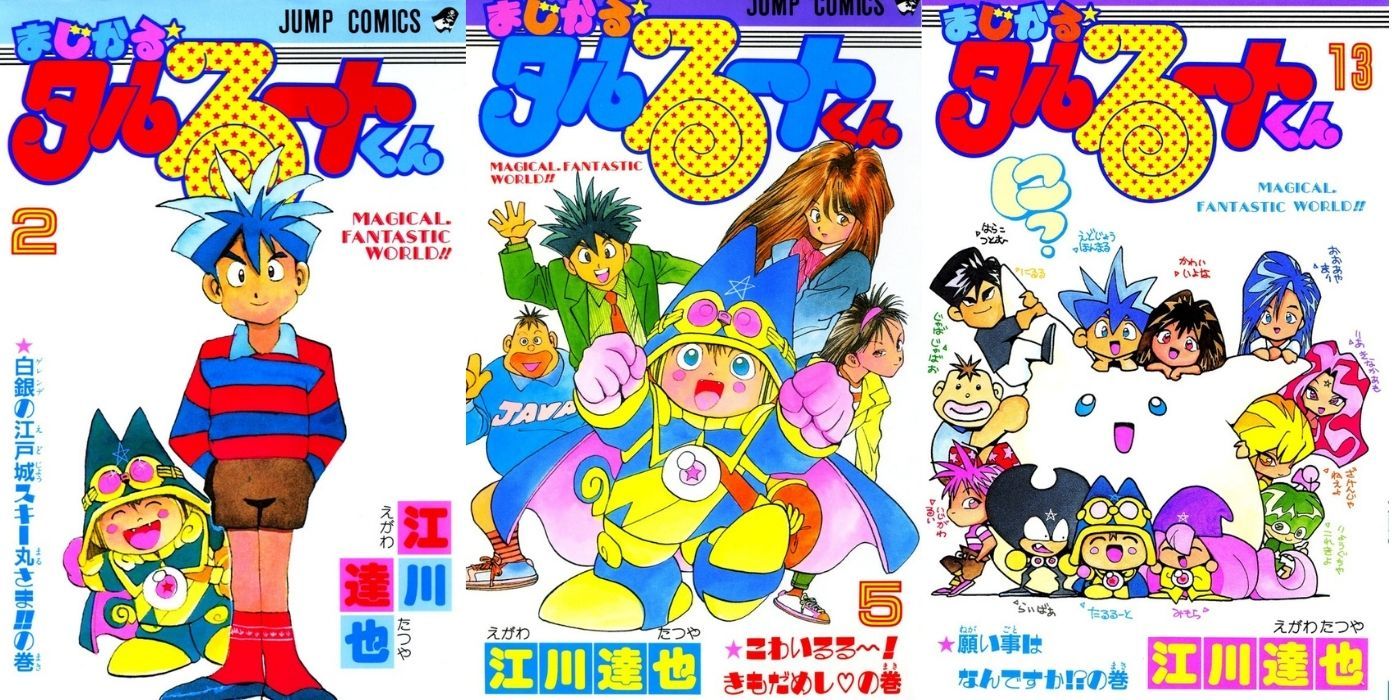
Created by the author of Golden Boy, Magical Taruruto focuses on the elementary school trials and tribulations of Honmaru Edojo who receives magical assistance from a boy named Taruruto.
12 Dinoventure (1988-1989)
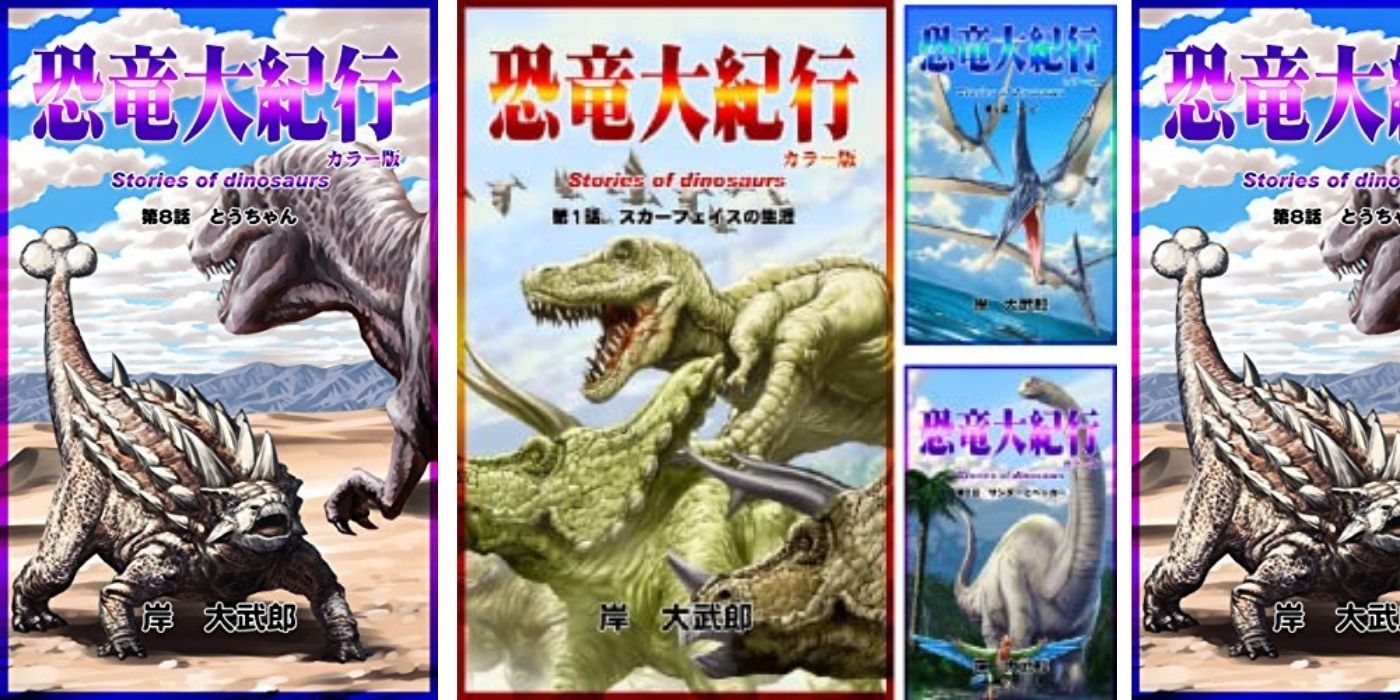
All twelve chapters of this educational paleontology manga were compiled into one volume. At the time, dinosaurs were certainly a hot commodity, and the series stands as a reminder that edutainment isn't a new novelty.
11 Cyber Blue (1988-1989)
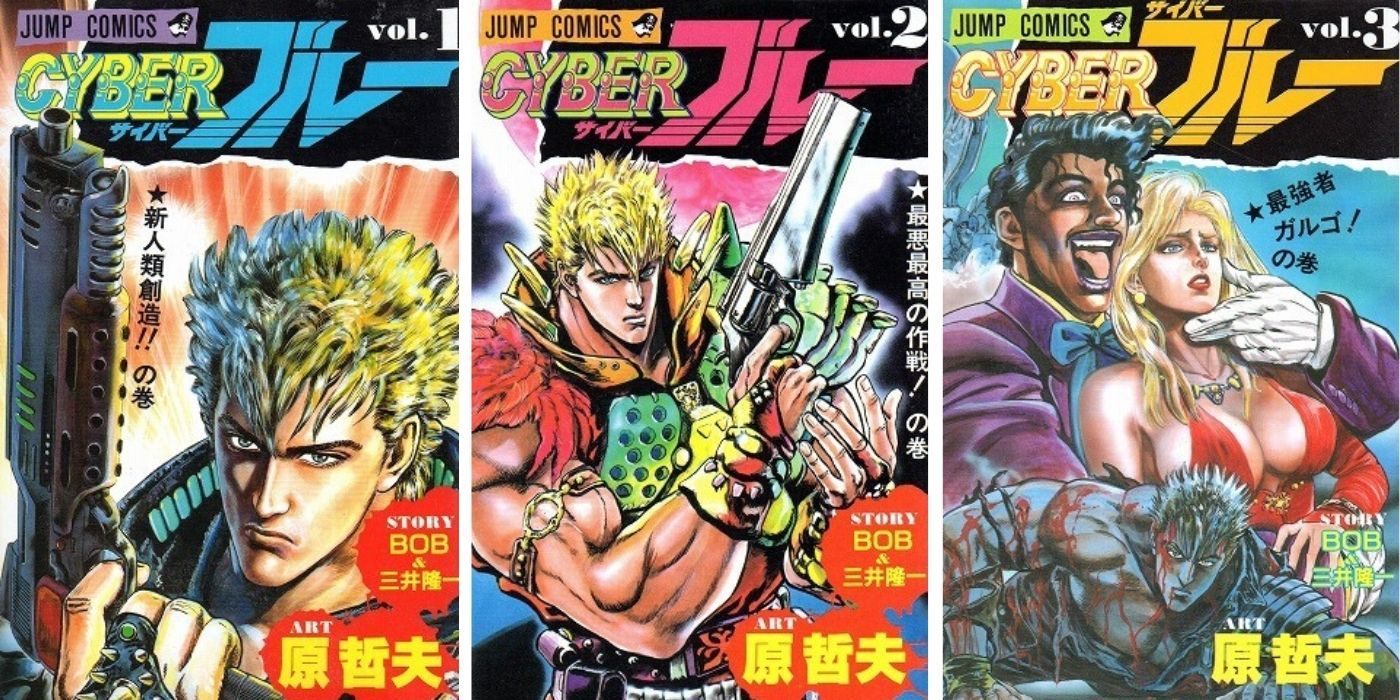
A gritty futuristic setting, cyborgs, and the caveats of terraforming all feature in Cyber Blue, which ran in Jump for just half a year before its cancellation.
10 The Edge (1989)
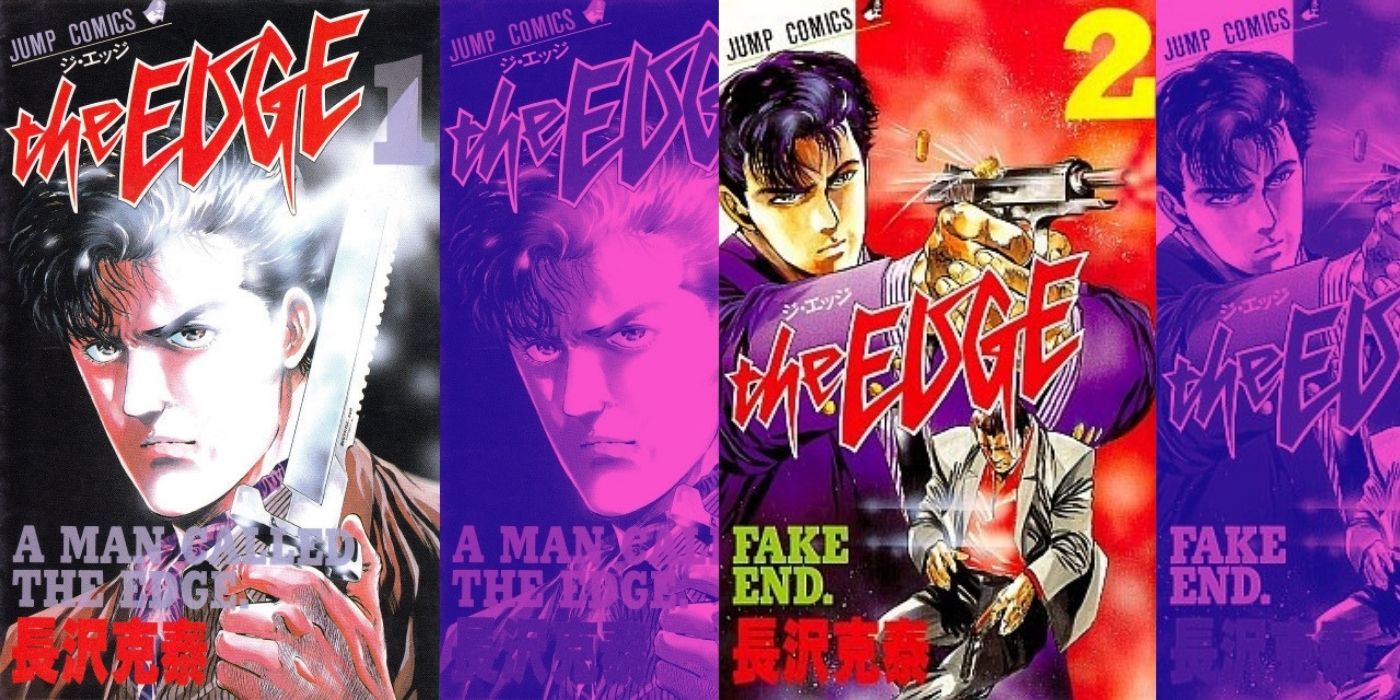
No, that's not Ash from Evil Dead, but it certainly looks like him. Attending college by day and killing terrorists by night -- The Edge's protagonist, Mikogami, is a definite product of the 80s.
9 Cyborg Grandpa G (1989)
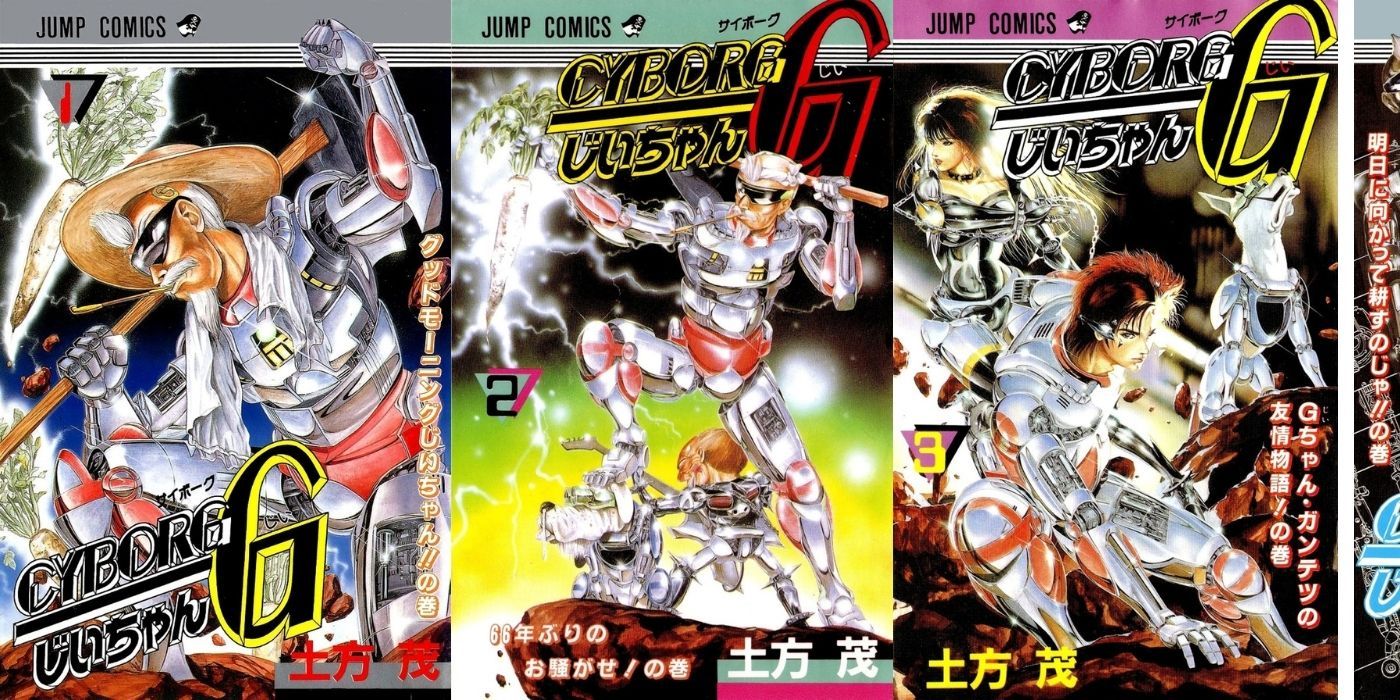
For 31 chapters, Jump readers were treated to a piece of comedy featuring a scientist grandpa who is reborn as a cyborg.
After his demise, Tokijirou Kaizou uses his genius and his cyborg abilities to help him out on the farm and keep his family happy.
8 Hayato 18-Ban Shoubu (1989)
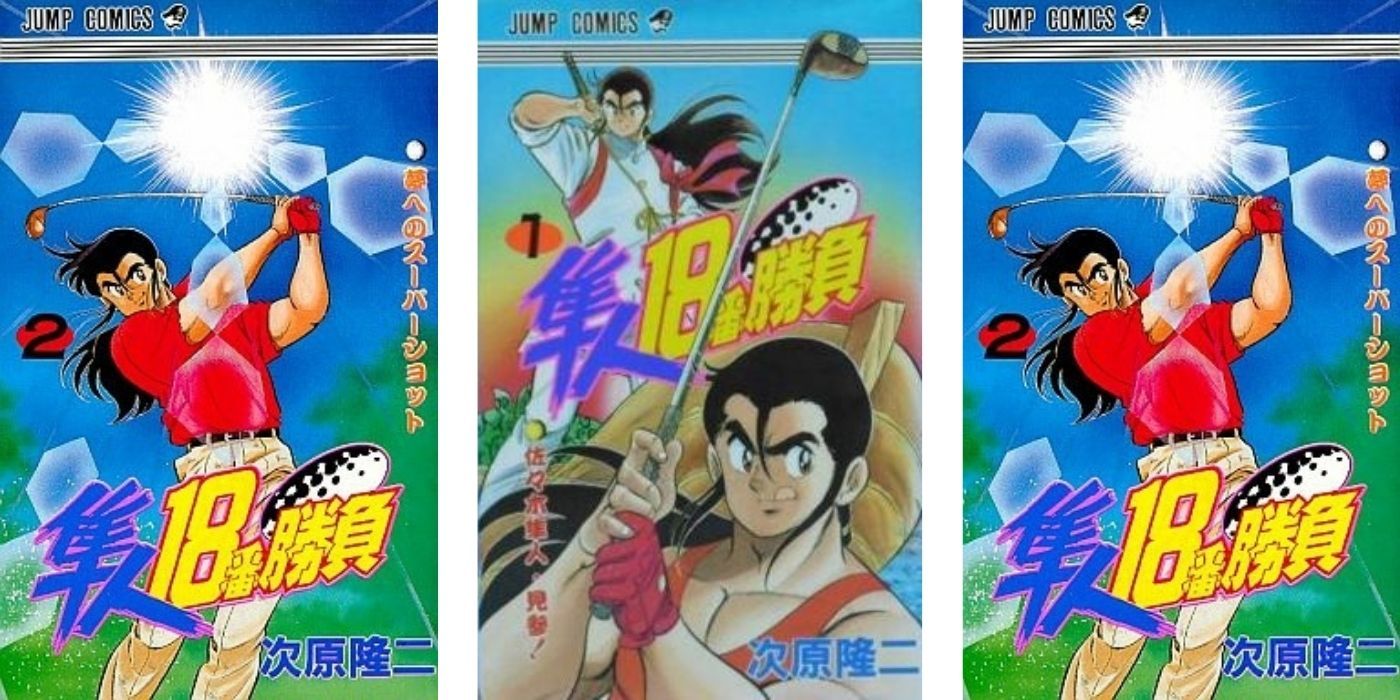
It seems appropriate to mention an old golf manga in the wake of Hideki Matsuyama's recent groundbreaking success at the 2021 Masters Tournament.
7 Scrap Sandayuu (1989)
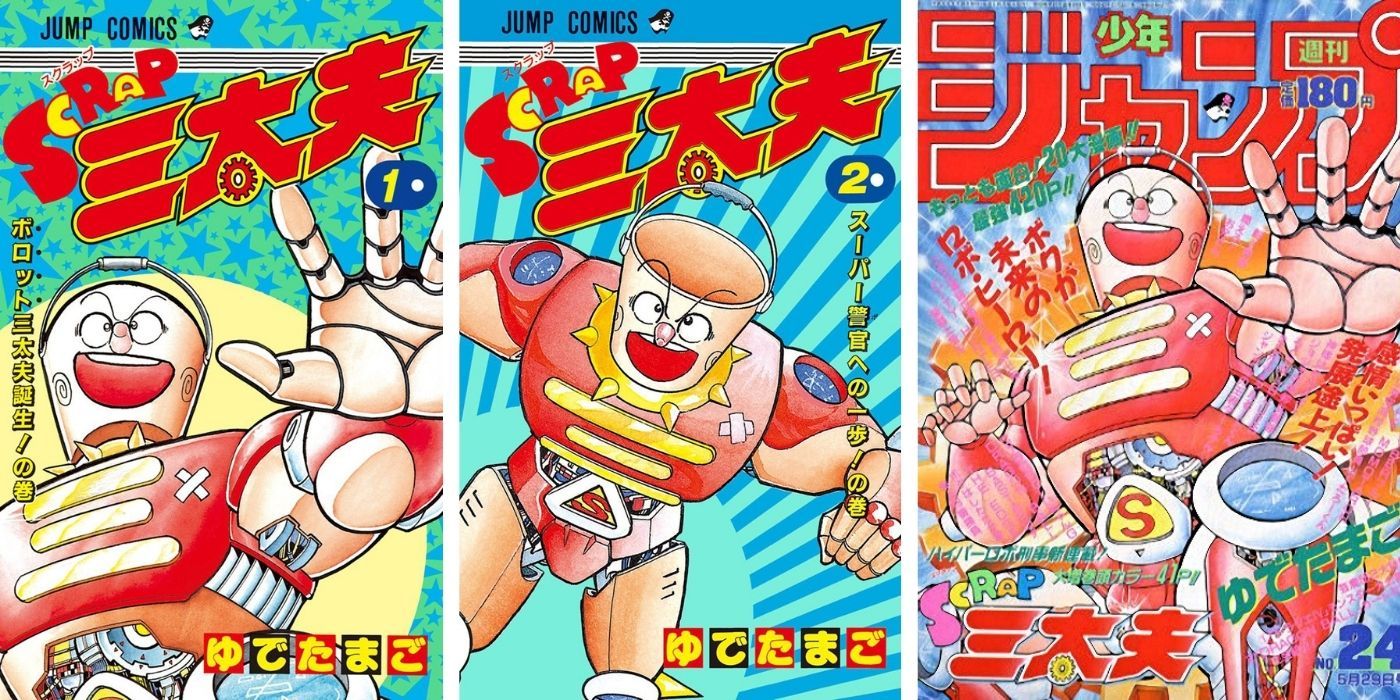
This short-lived manga about robotic policemen is another from Yudetamago, the mangaka duo best known for creating Kinnikuman.
6 Ten Ee Shouwaru Cupid (1989-1990)
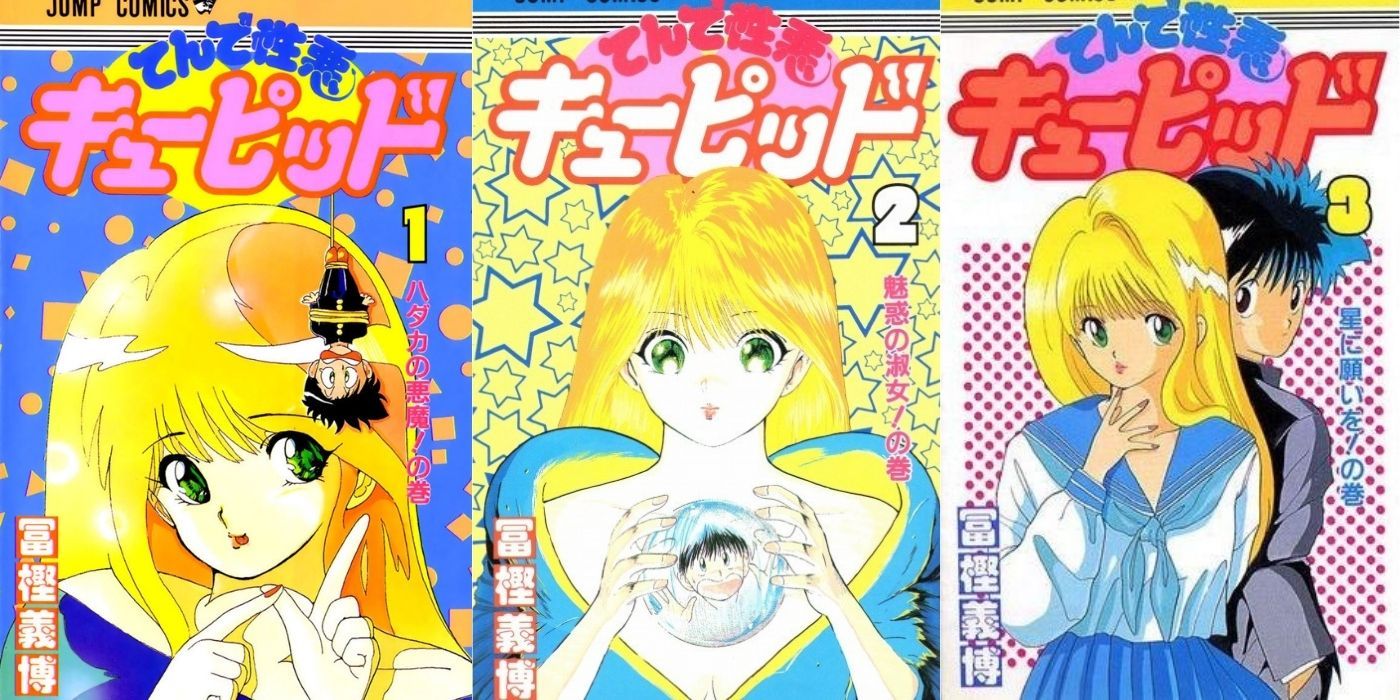
Ten de Shouwaru Cupid was written by none other than Yoshihiro Togashi of Hunter x Hunter and Yu Yu Hakusho fame.
In short, the story was a slightly twisted rom-com about the son of a yakuza falling for a demon.
5 Chameleon Jail (1989)
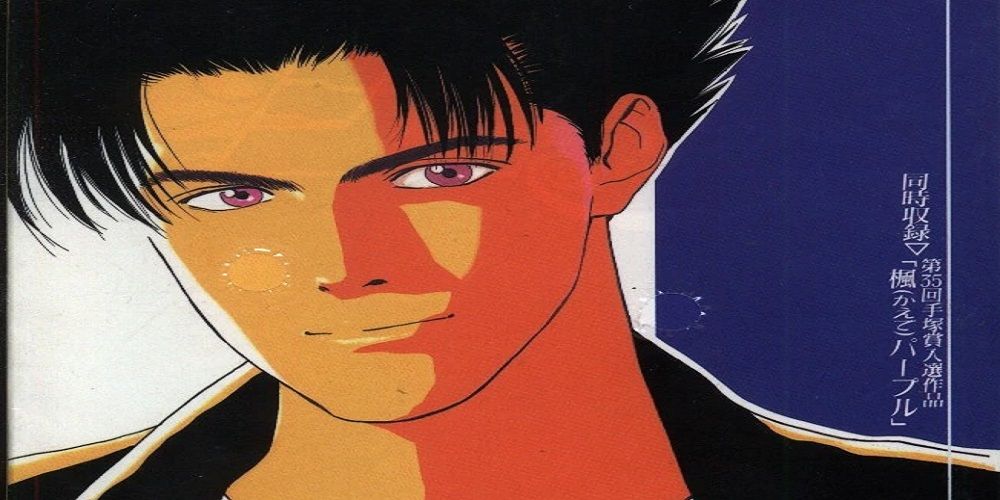
Before he wrote Slam Dunk, Takehiko Inoue helped bring the world Chameleon Jail, a story about a shapeshifting criminal for hire.
4 The Green Eyes (1989-1990)
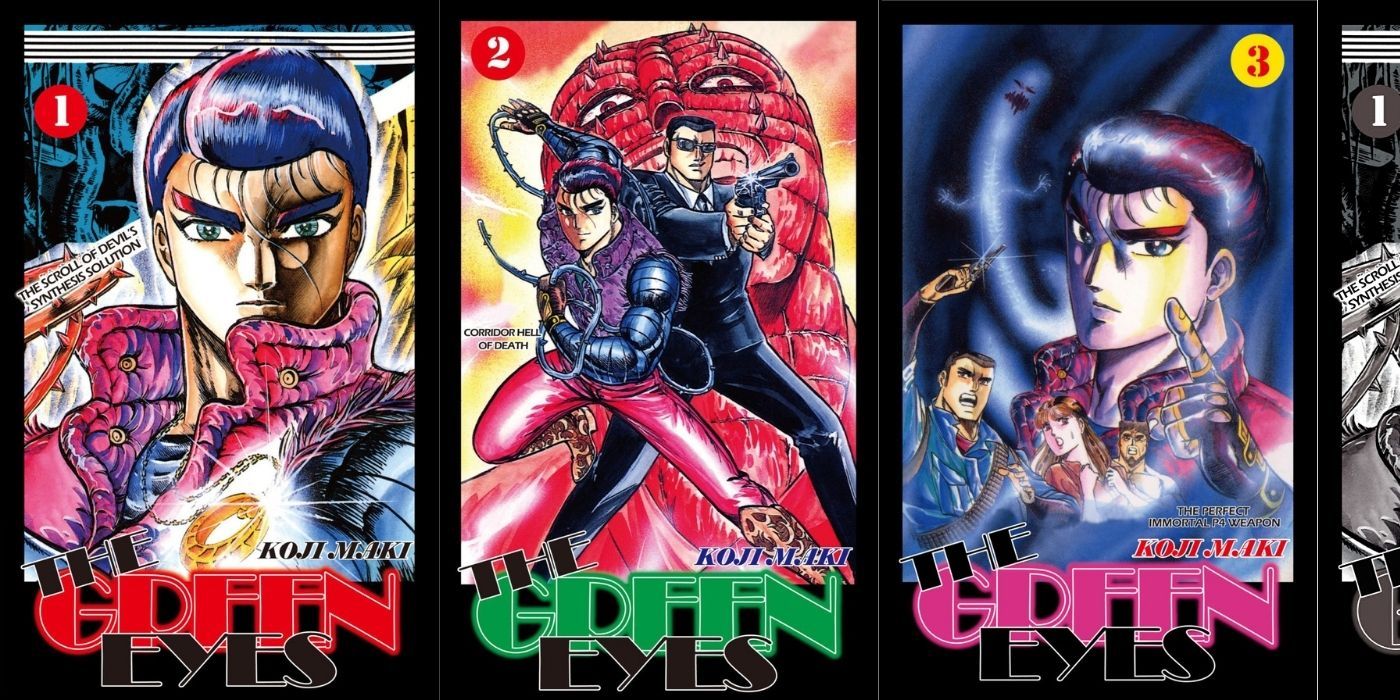
A boy survives a plane crash in the amazon and grows up to become a fearsome warrior in The Green Eyes, finally published in English as of 2017. Once again, this violent work by Koji Maki has earned its fair share of fans.
3 Dragon Quest: The Adventure Of Dai (1989-1996)
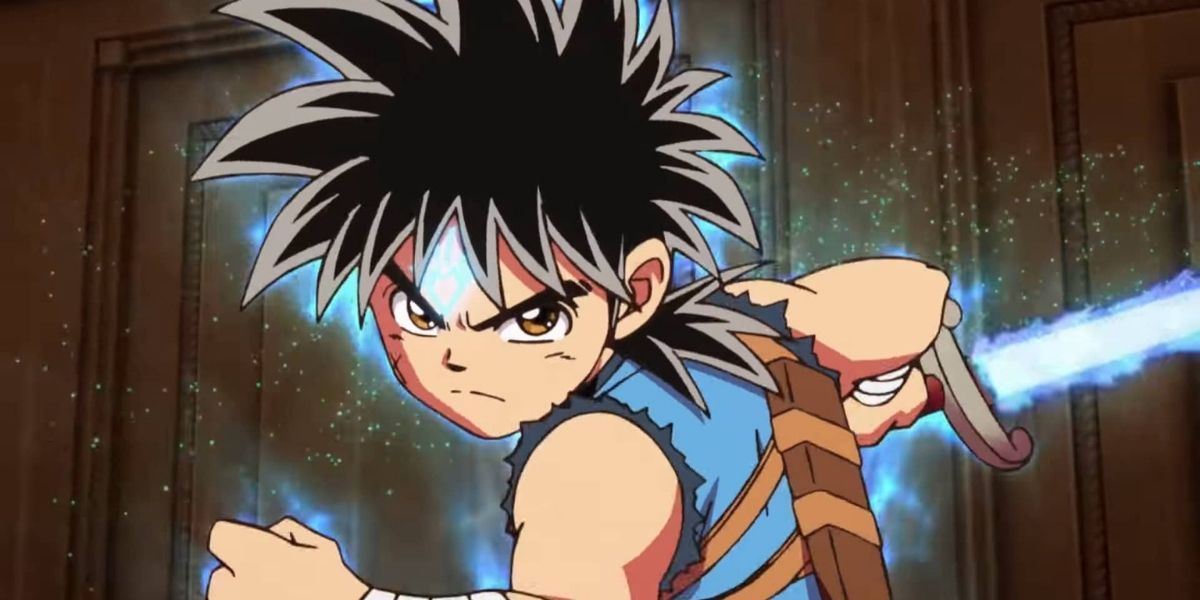
The widely popular manga was of course based on the popular video game series. Despite featuring a lot of jaded RPG and shonen tropes, Dragon Quest spawned a new adaptation as recently as 2021 and remains one of Shonen Jump's all-time bestselling series.
2 Video Girl Ai (1989-1992)
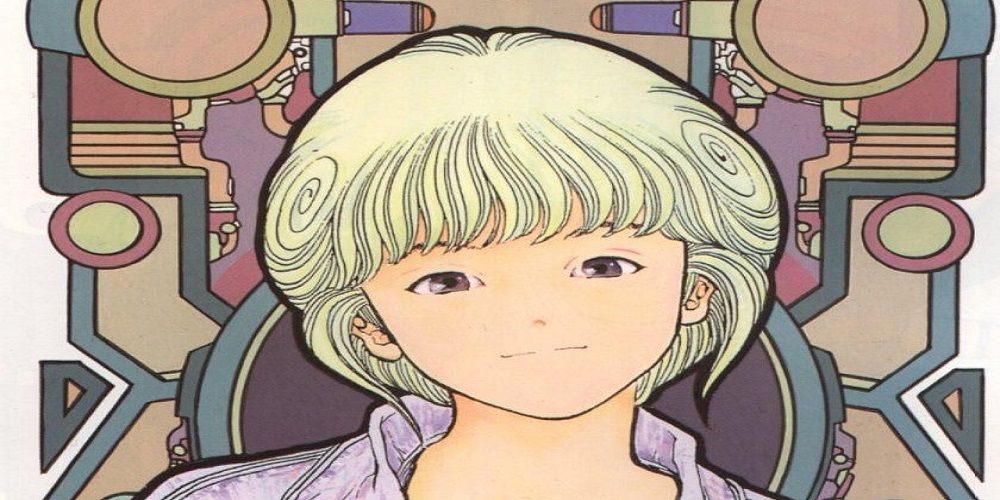
An odd blend of rom-com and sci-fi elements, Video Girl Ai chronicles what would happen if a romanticized "video girl" came to life but malfunctioned in the process. Despite trying to be subversive, the series faced some criticism for its misogynistic wish-fulfillment aspects.
1 AT Lady! (1989-1990)
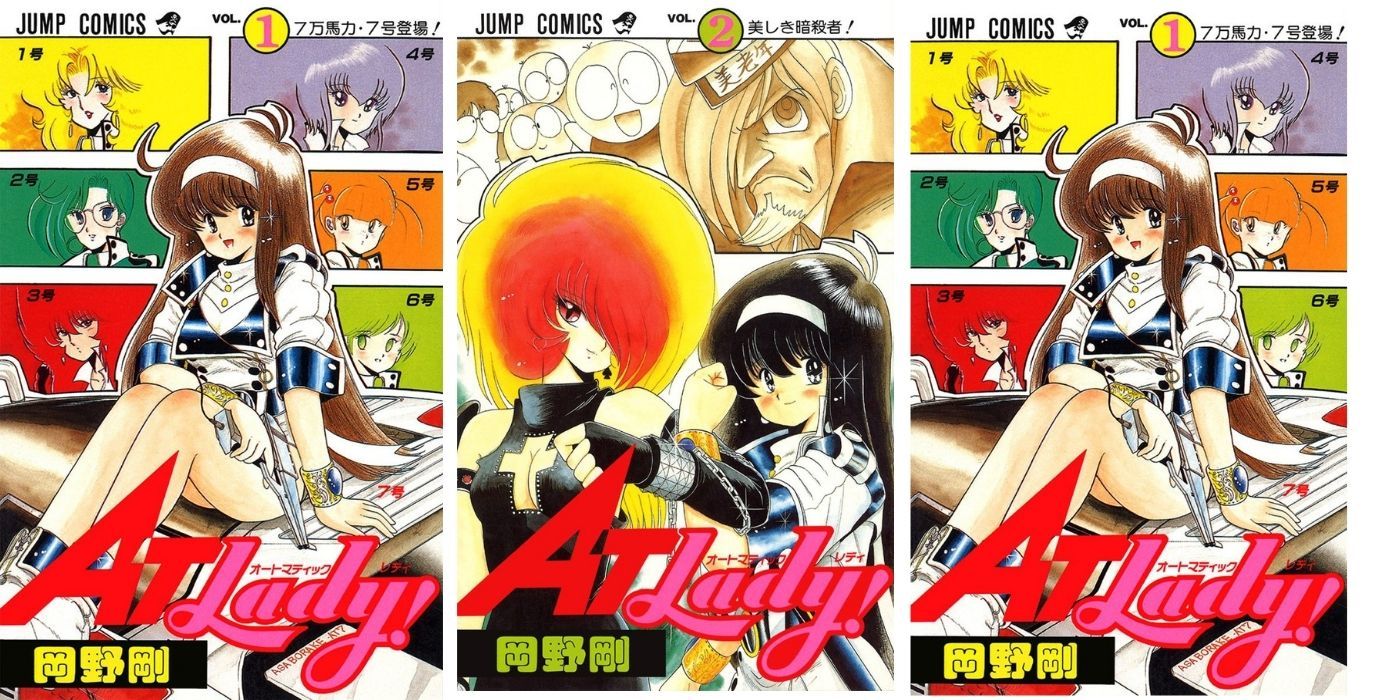
AT Lady! was a rather unique series about robot detectives. It even won the Akatsuka award but was cut abruptly short.
0 Comments